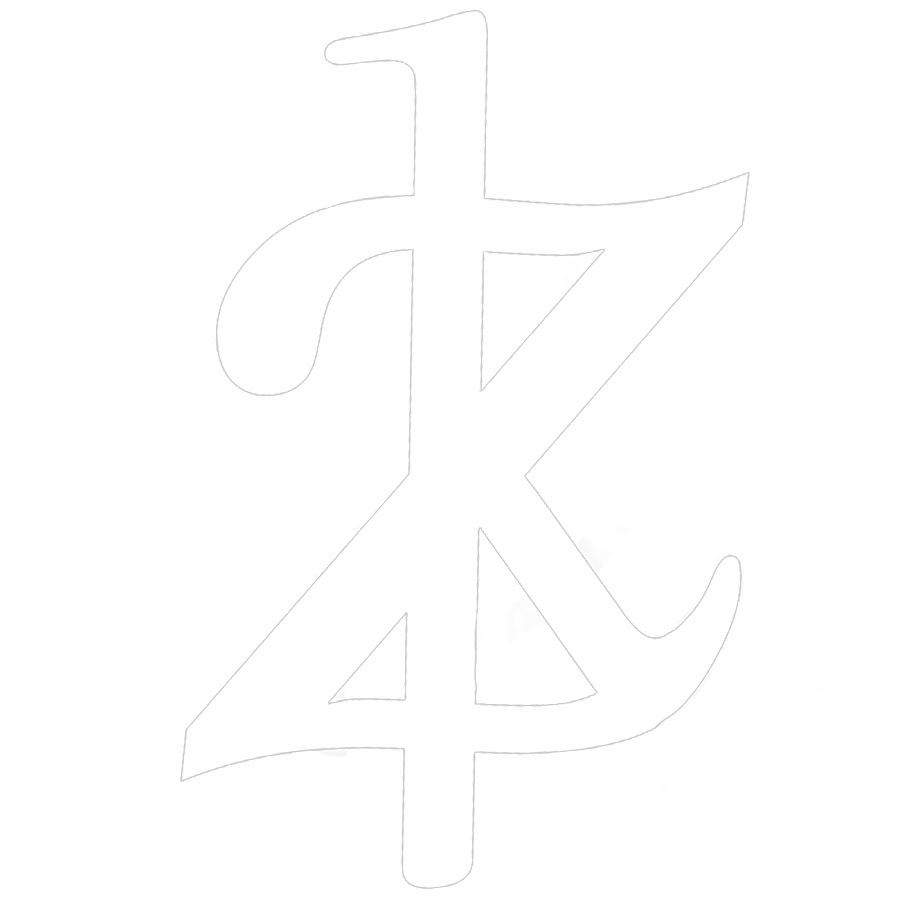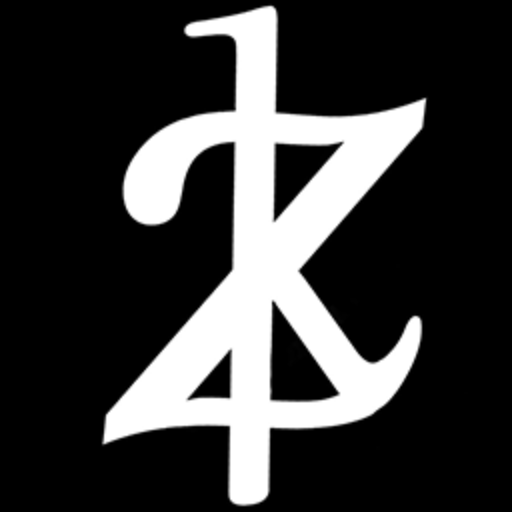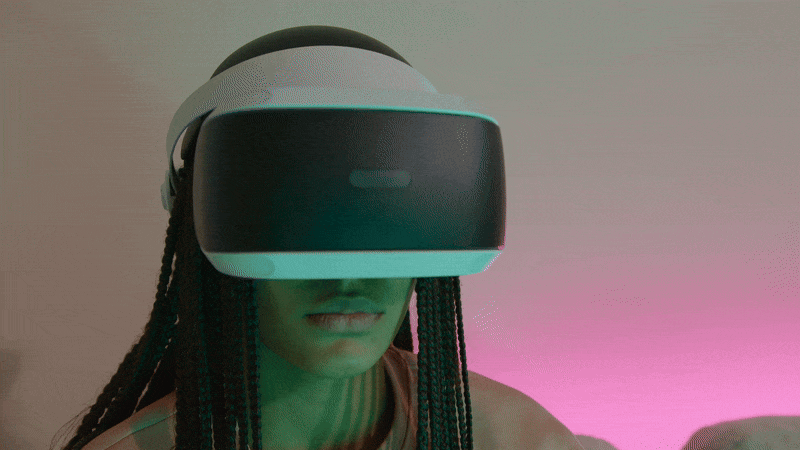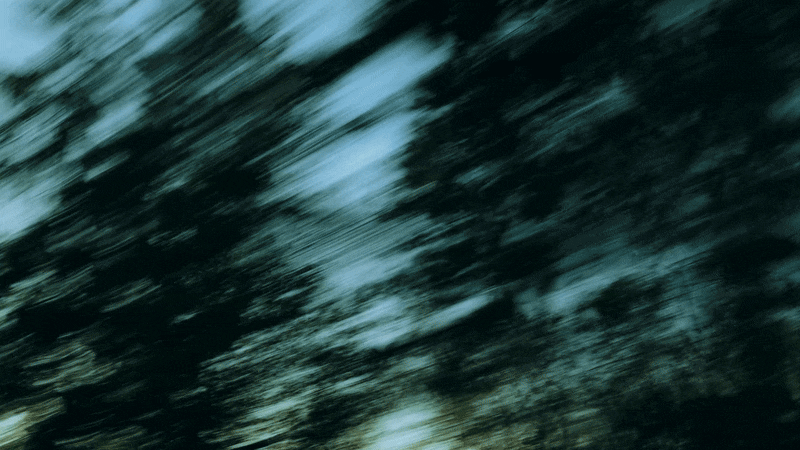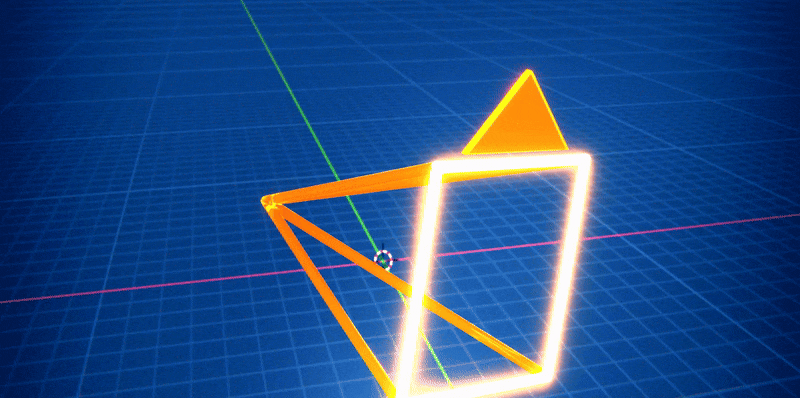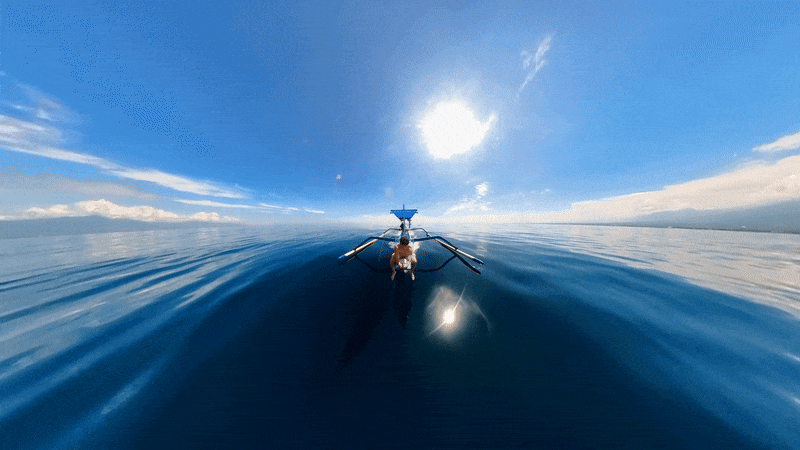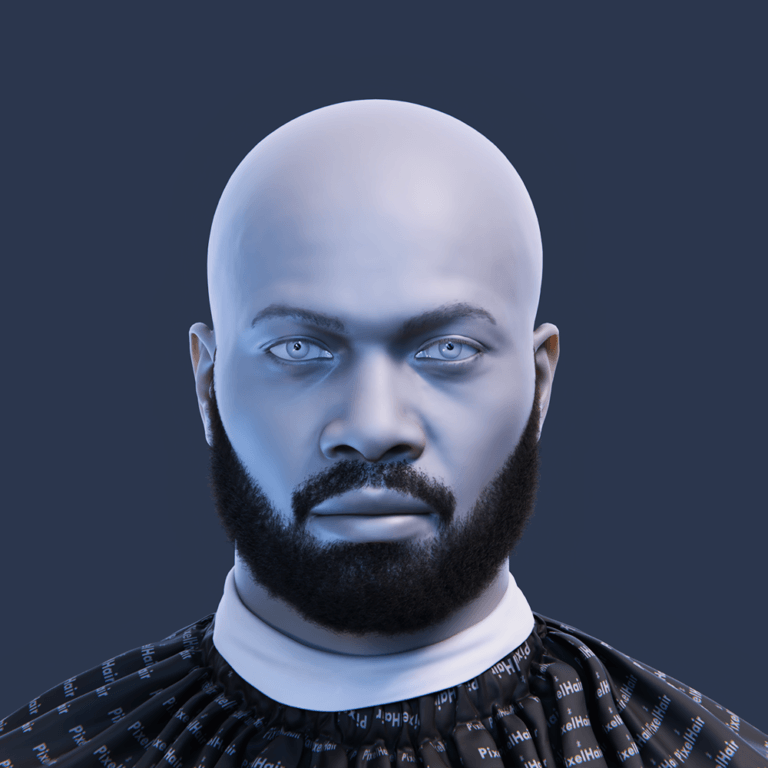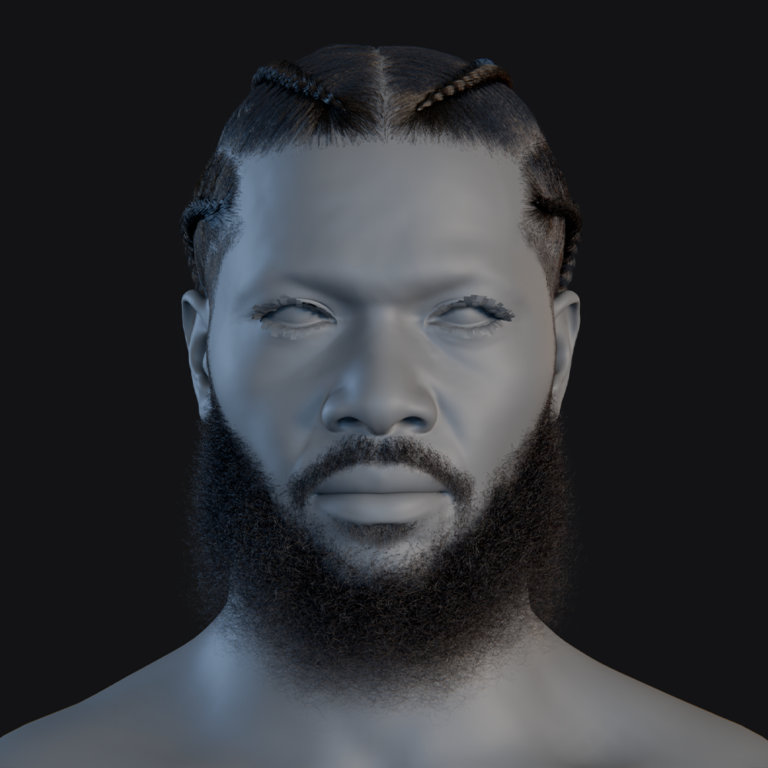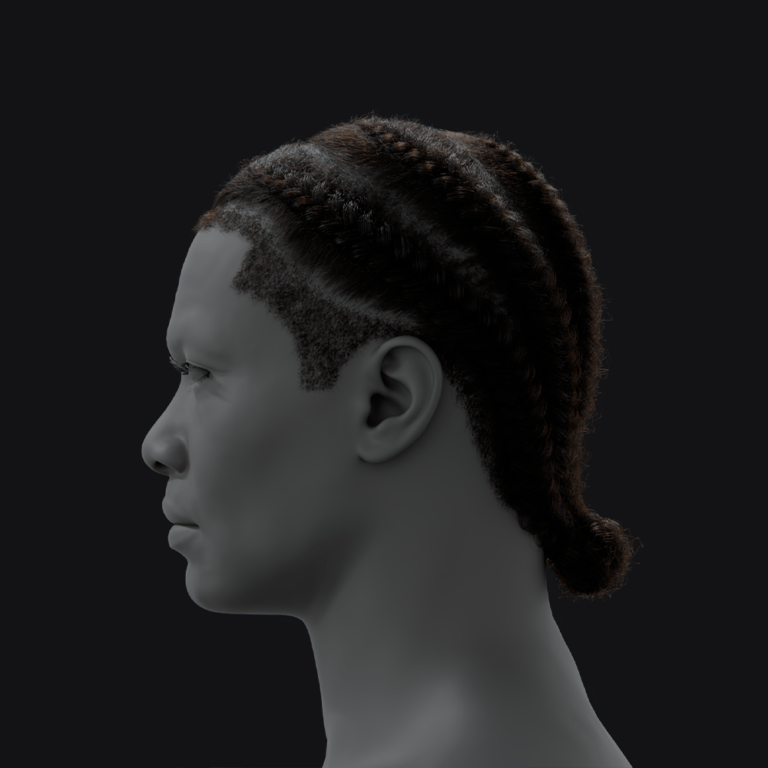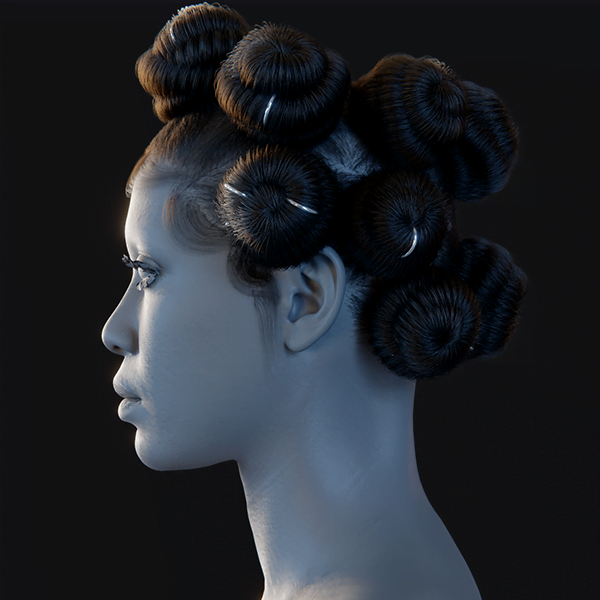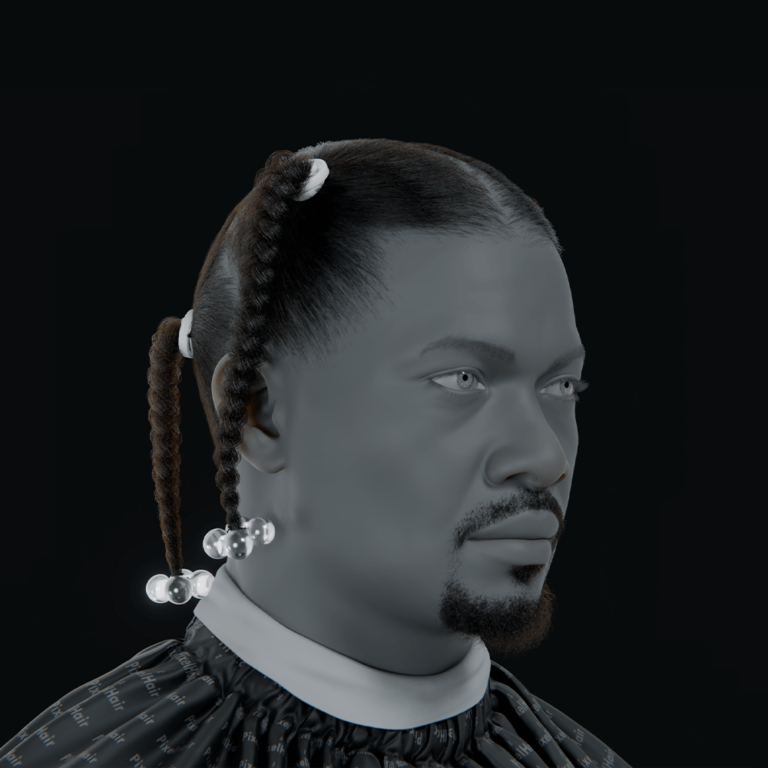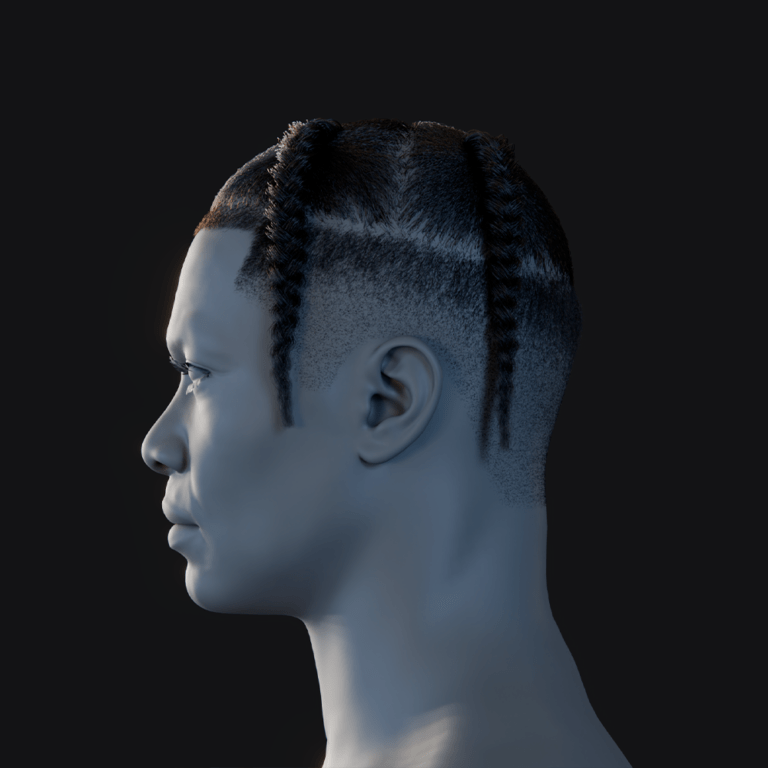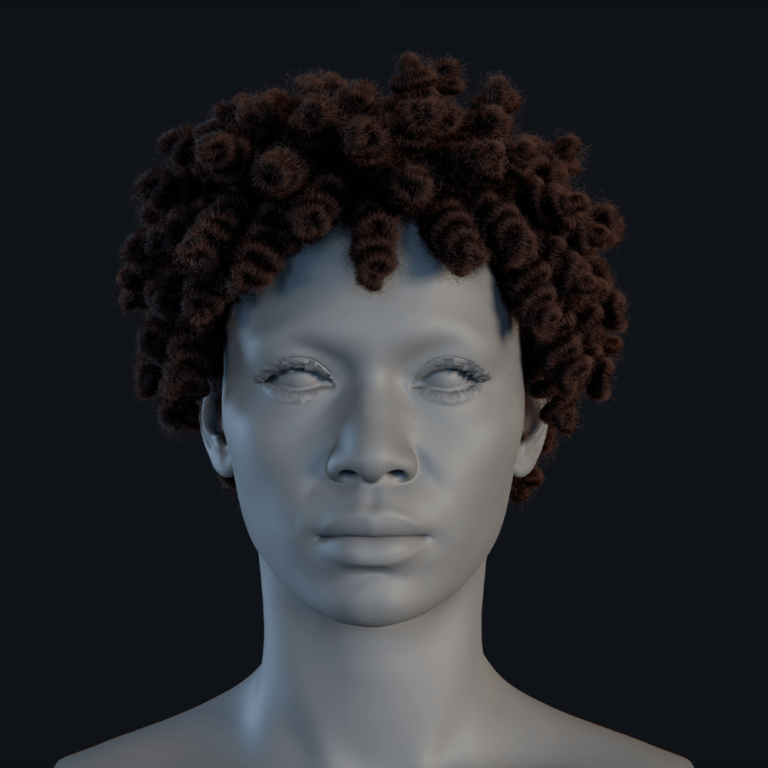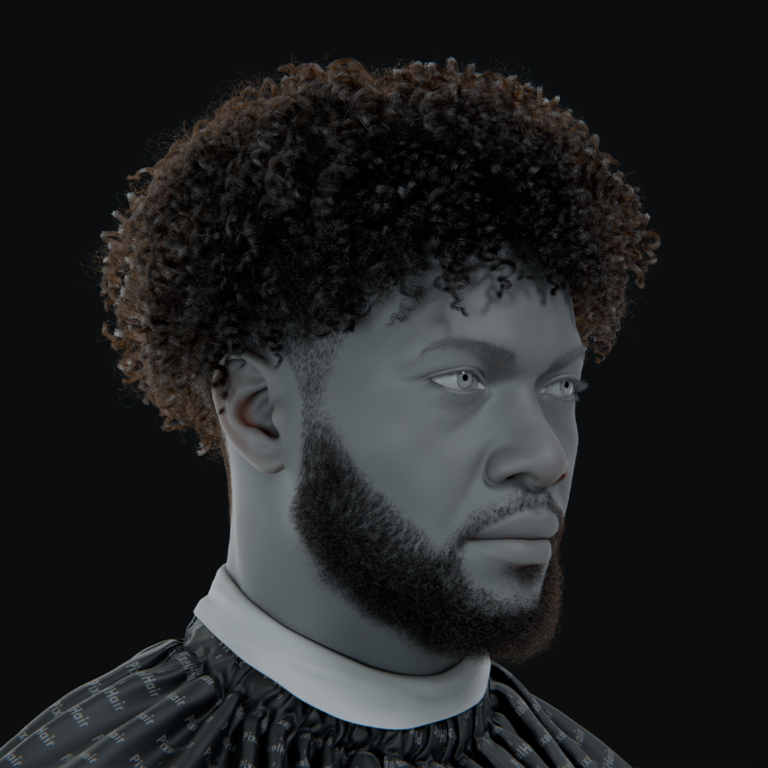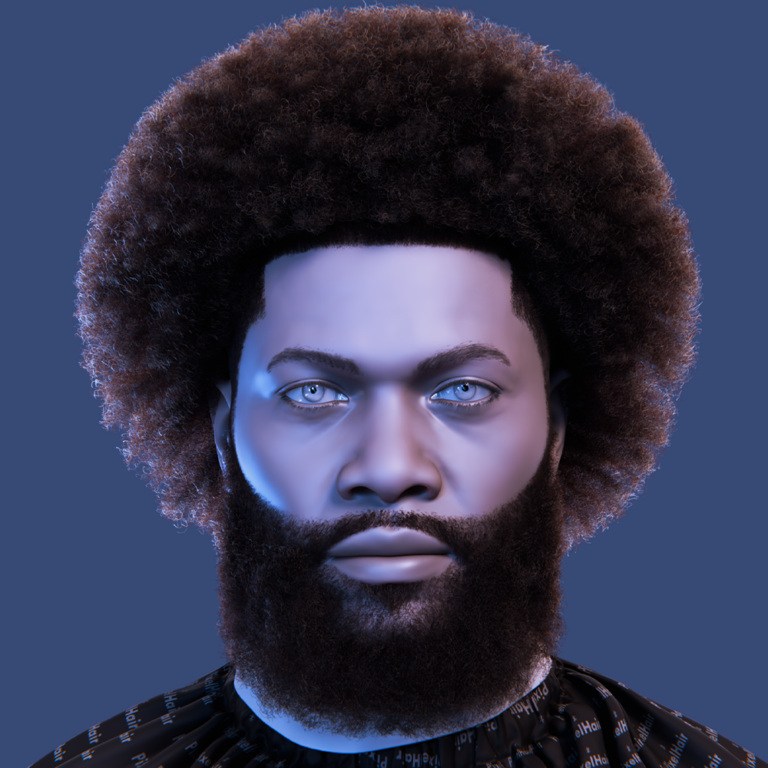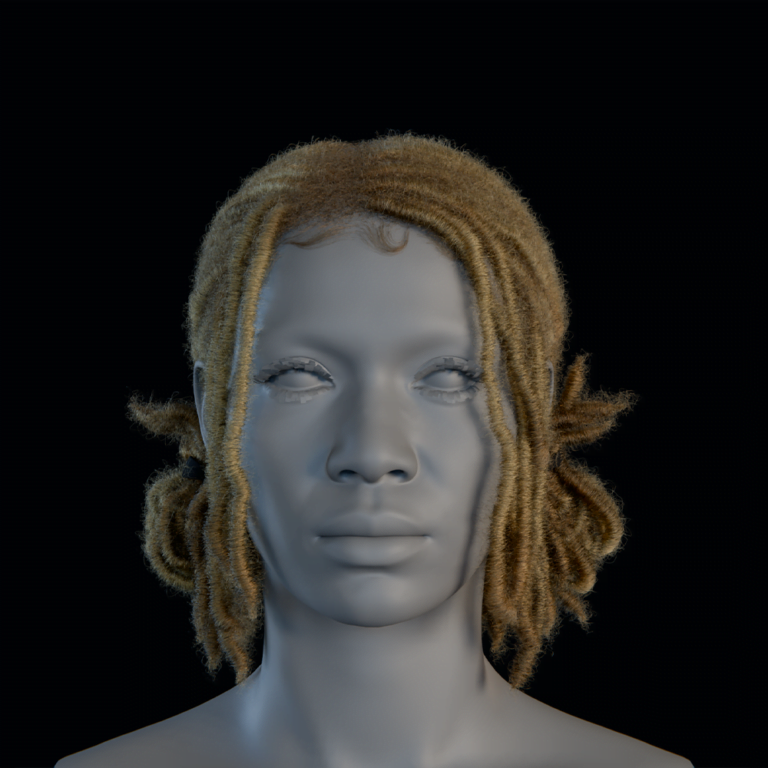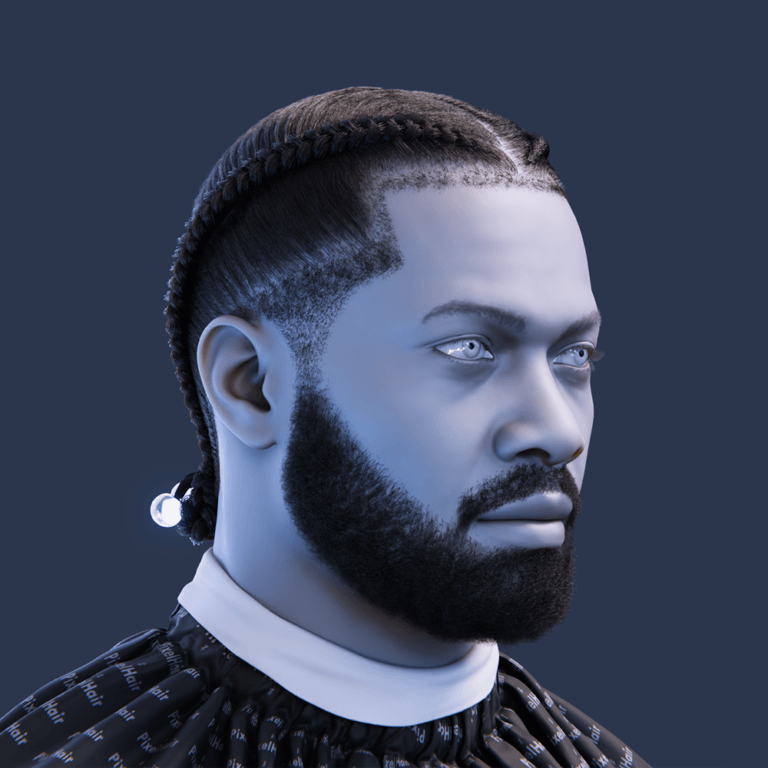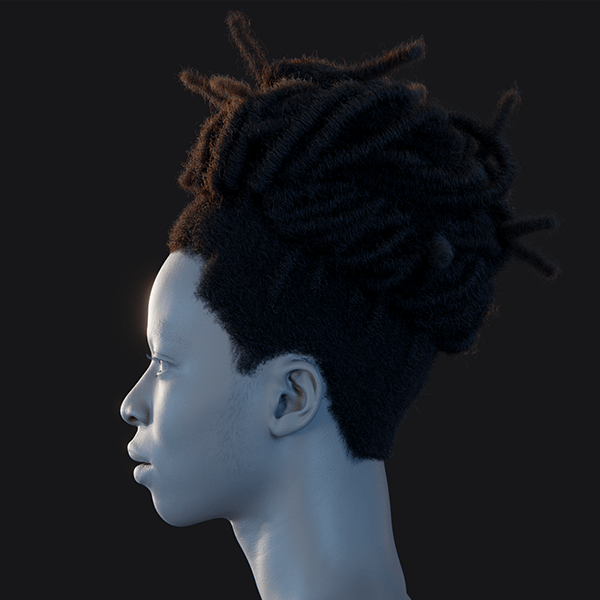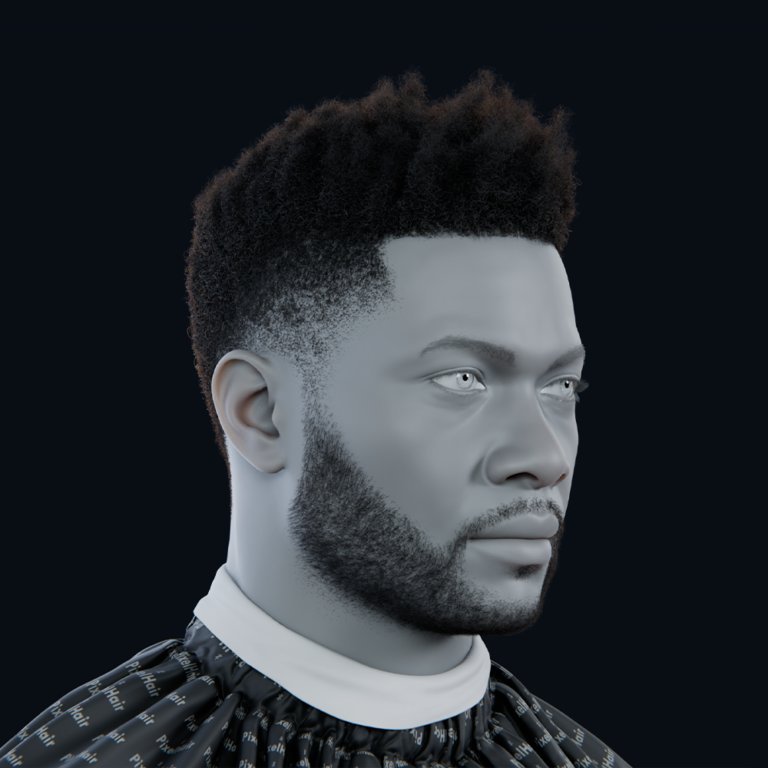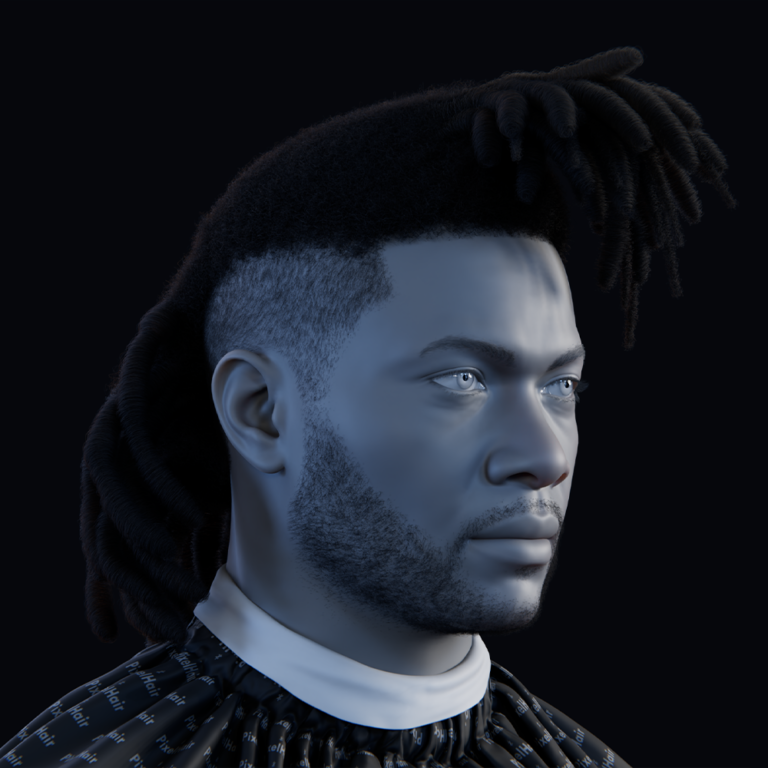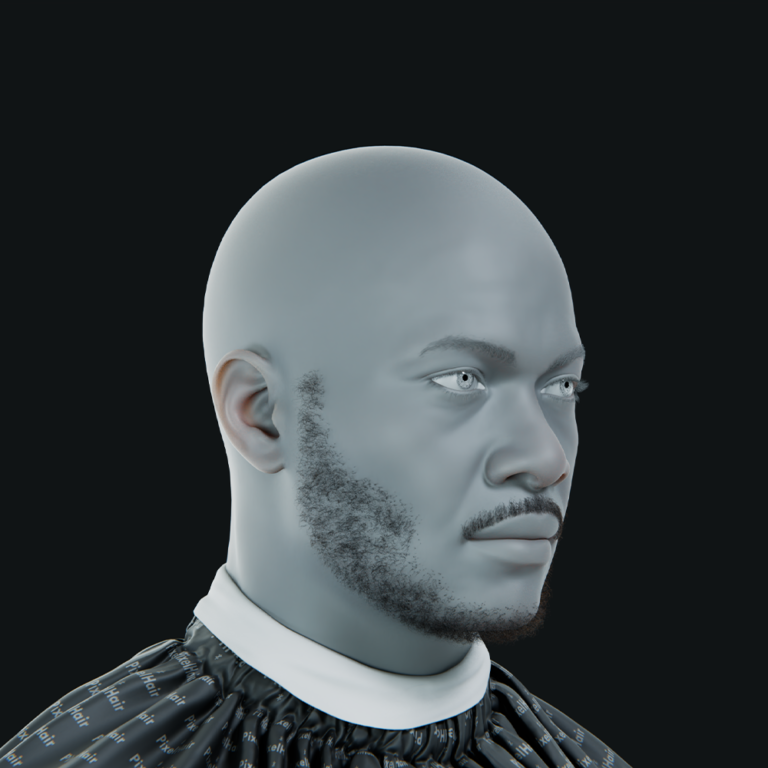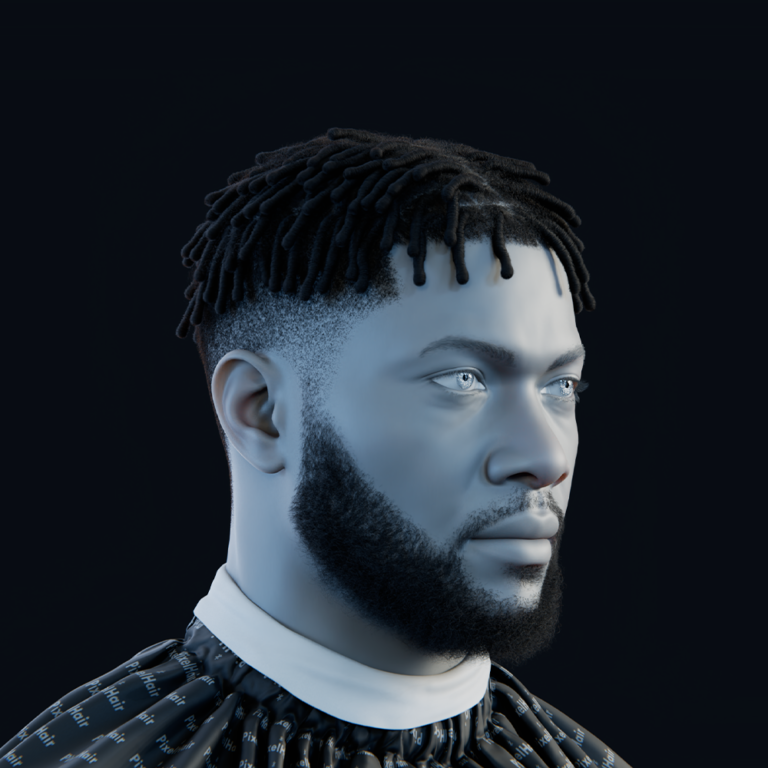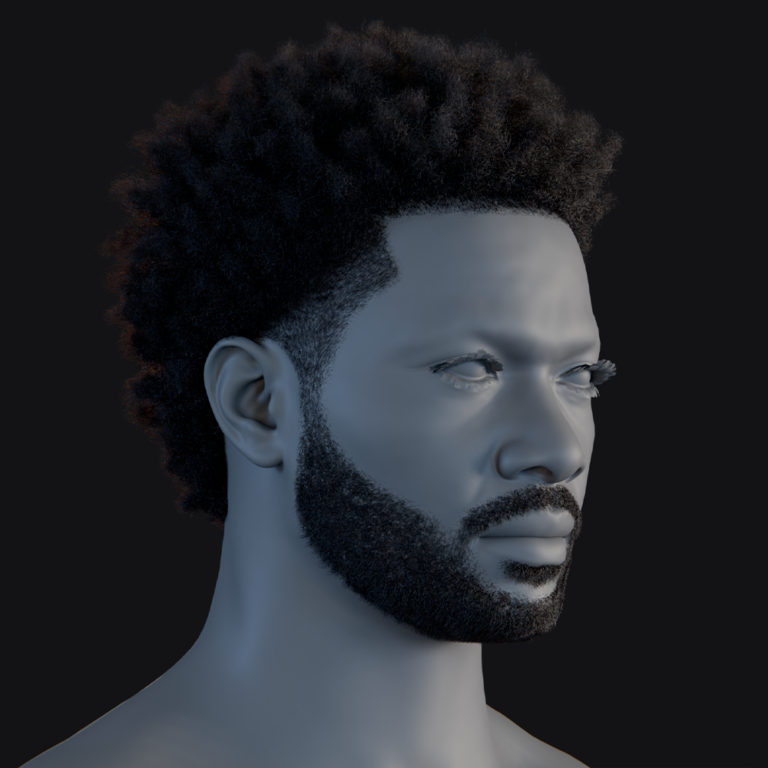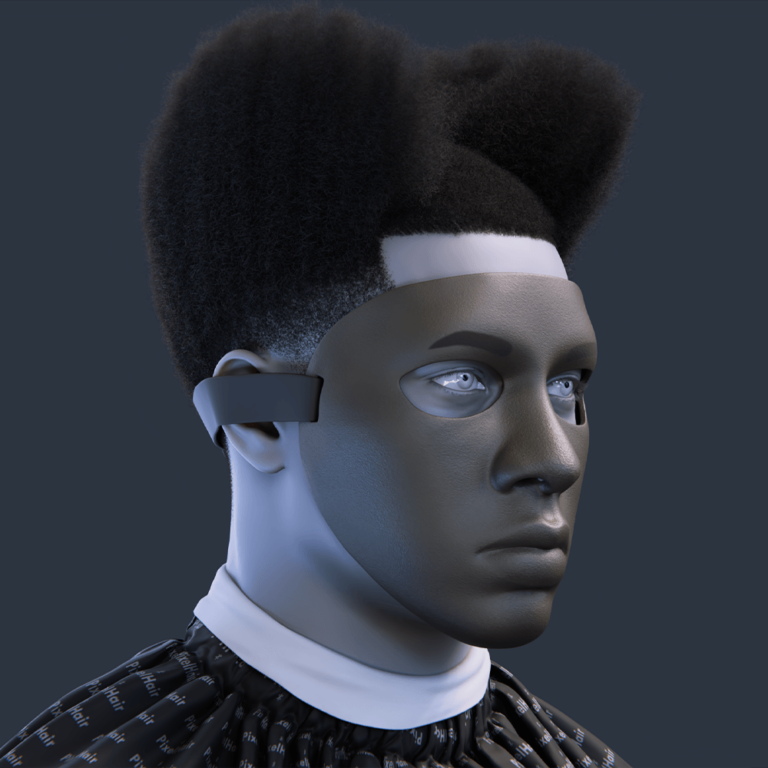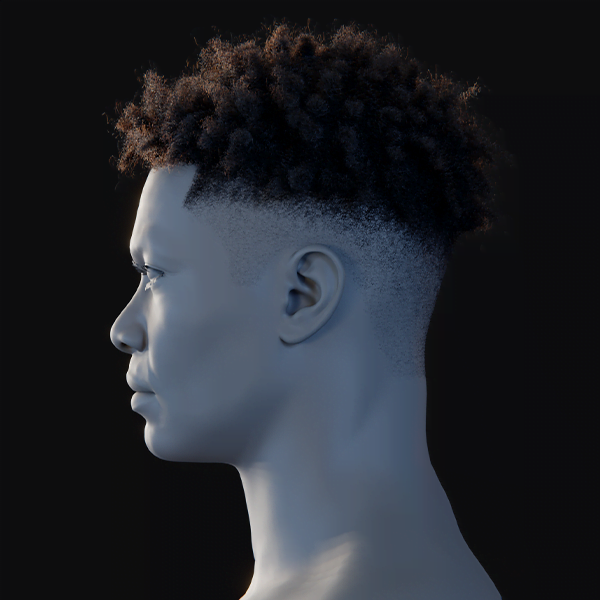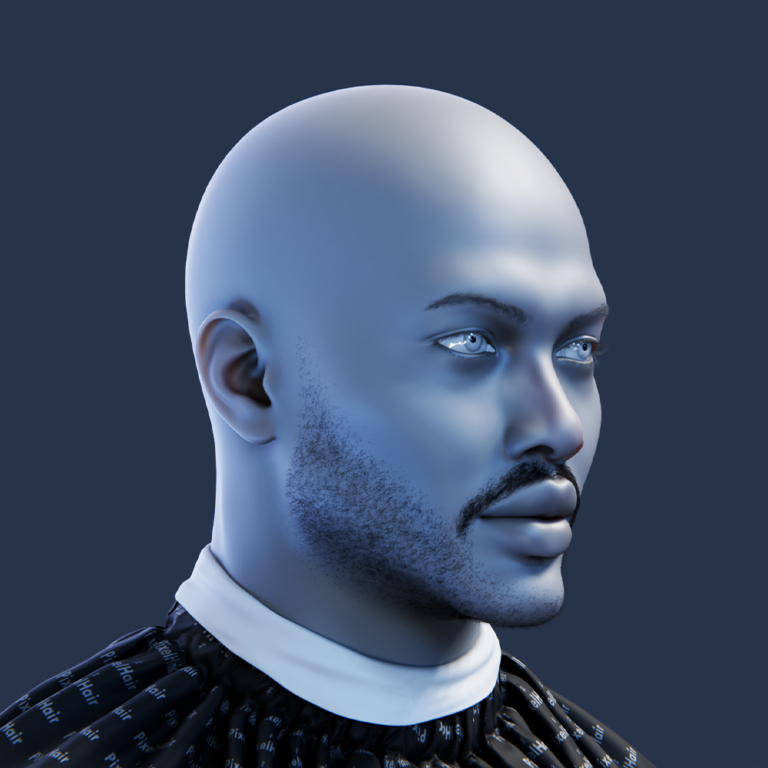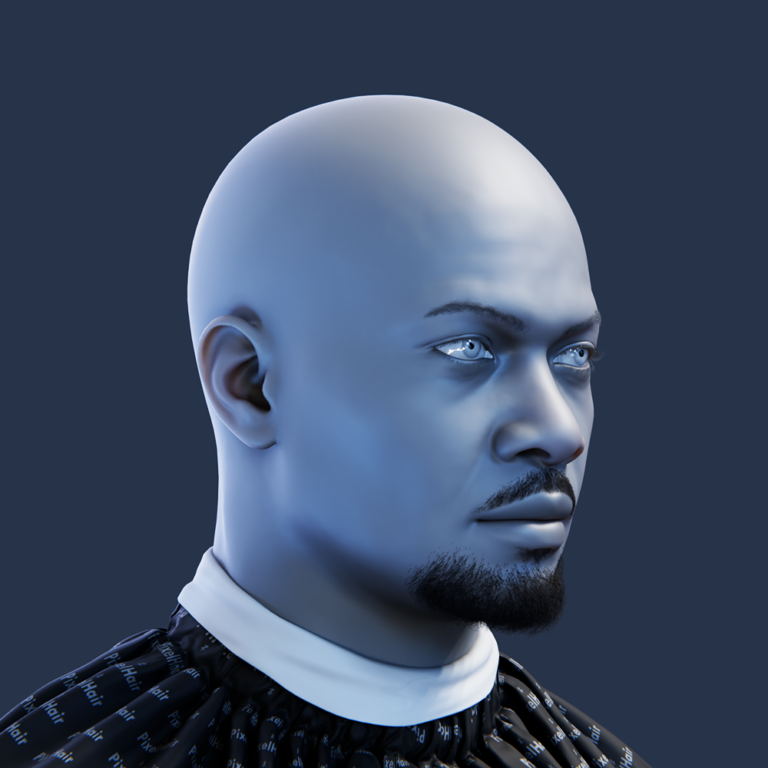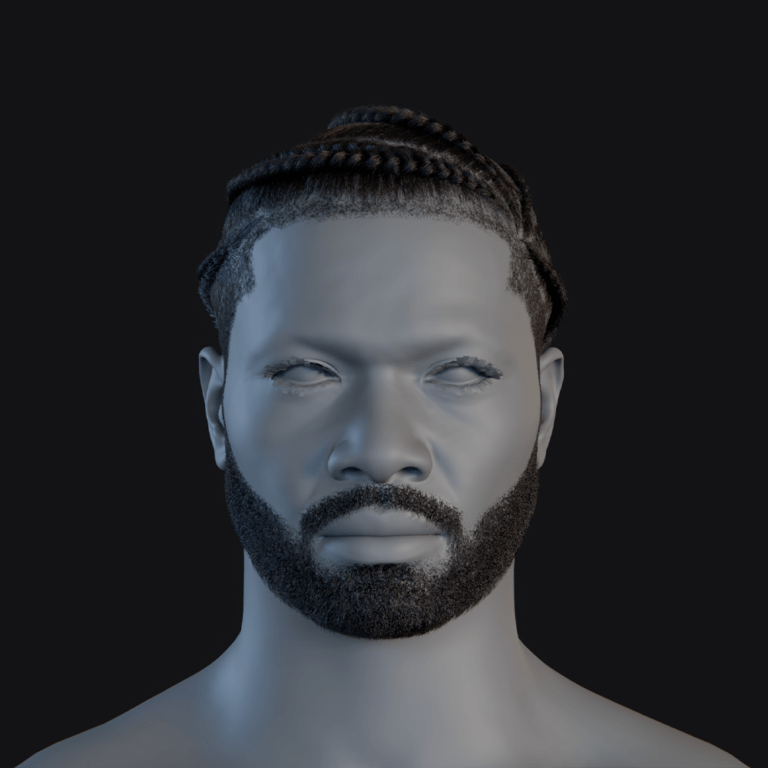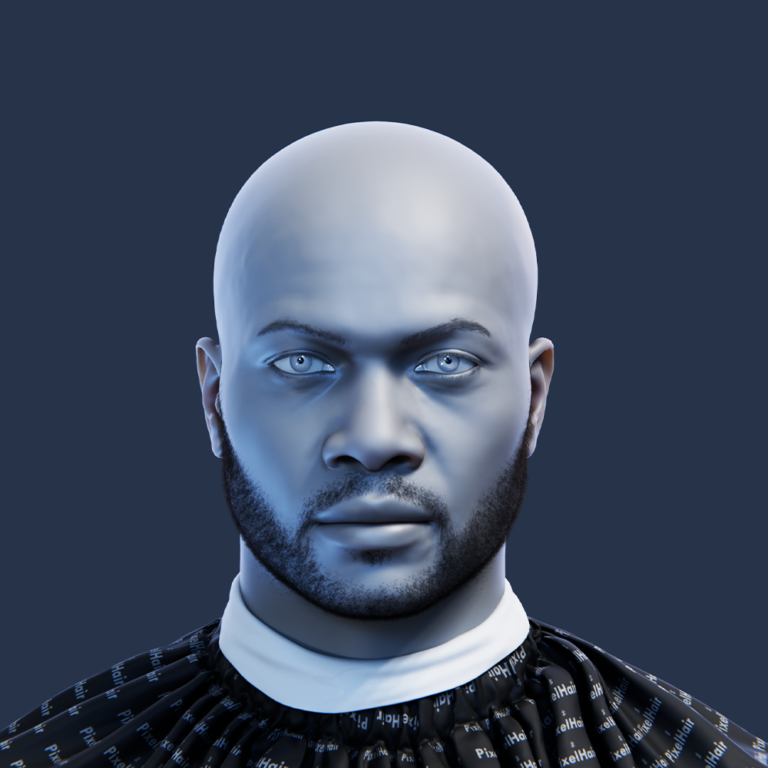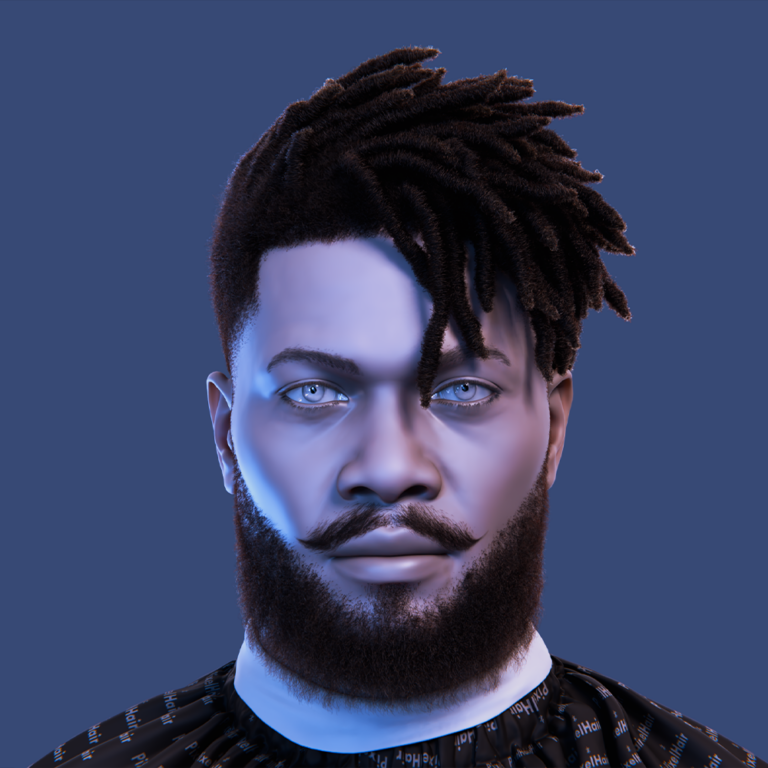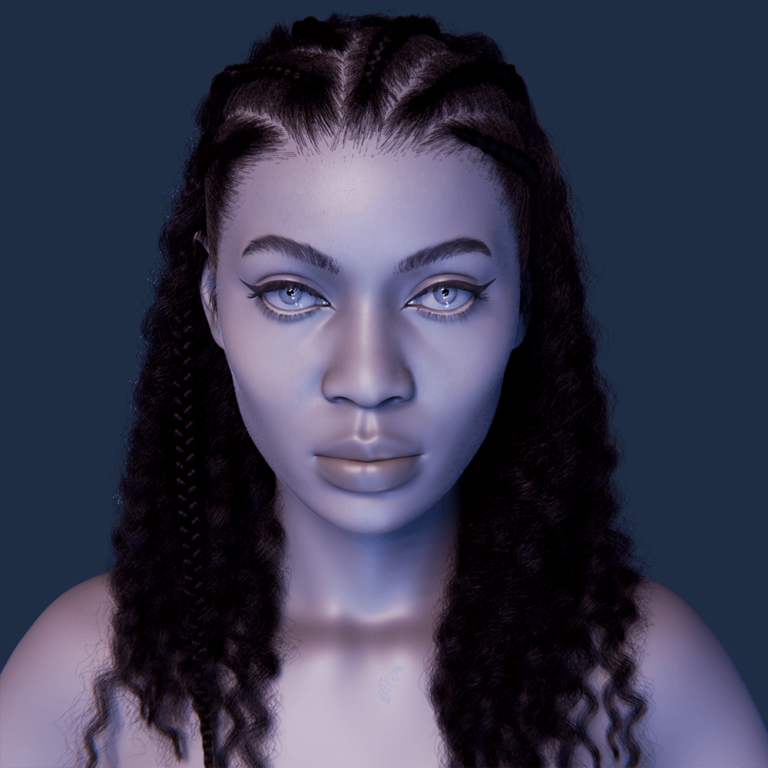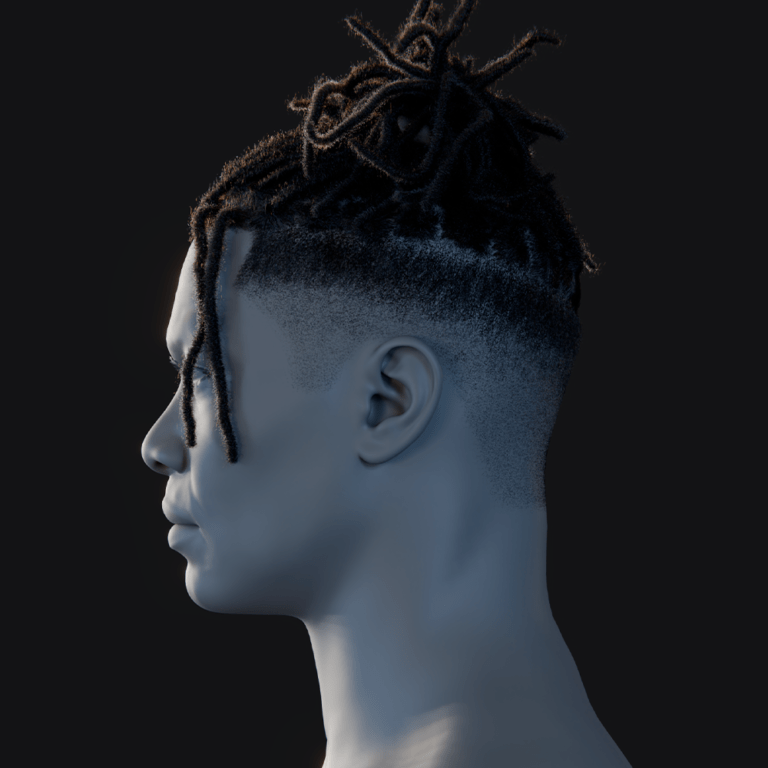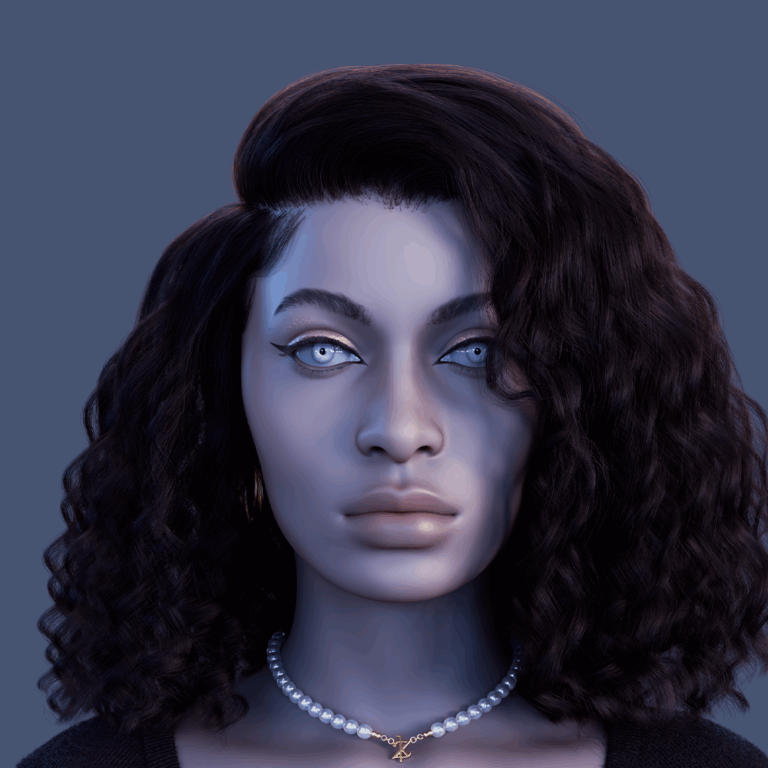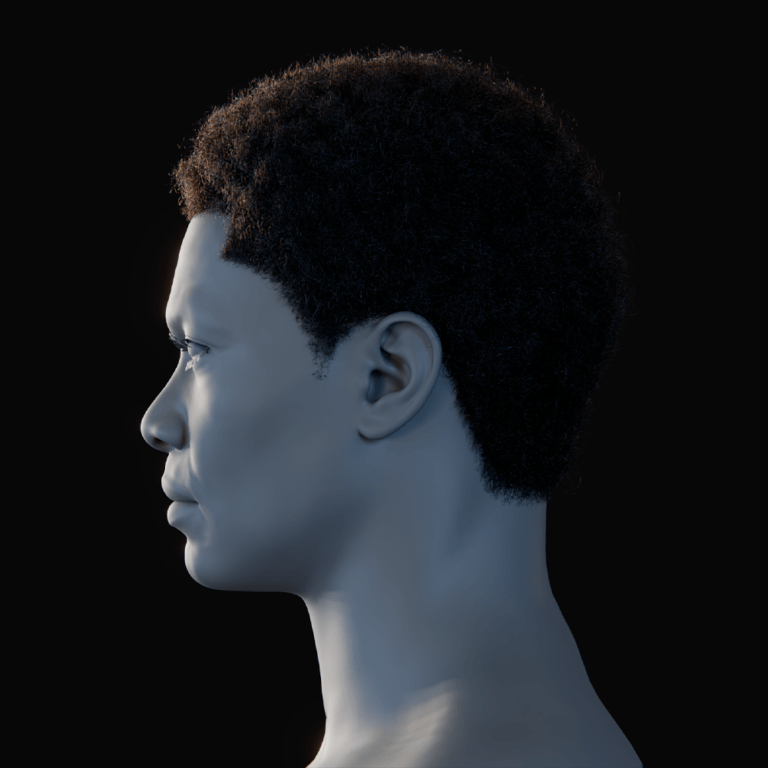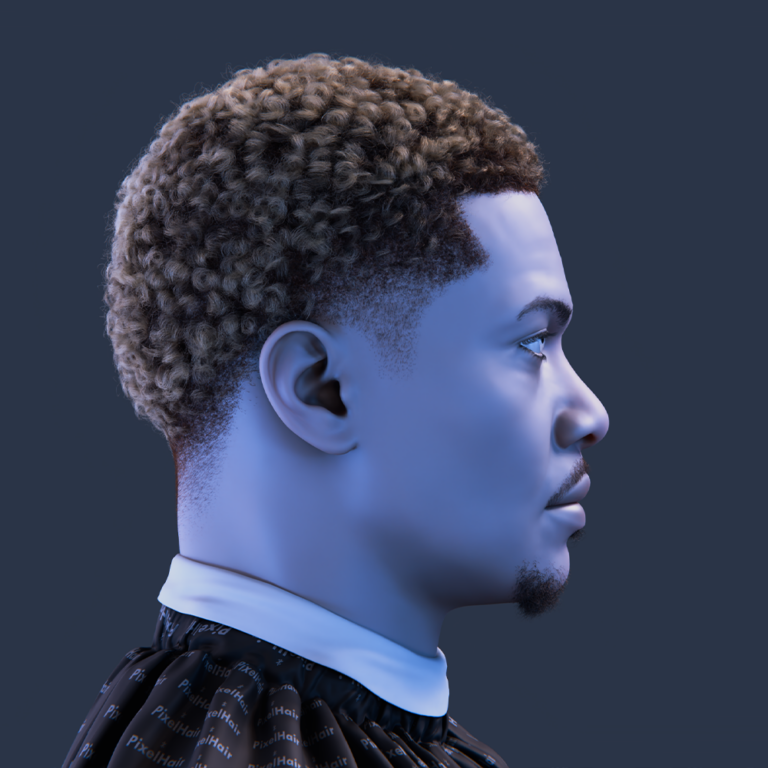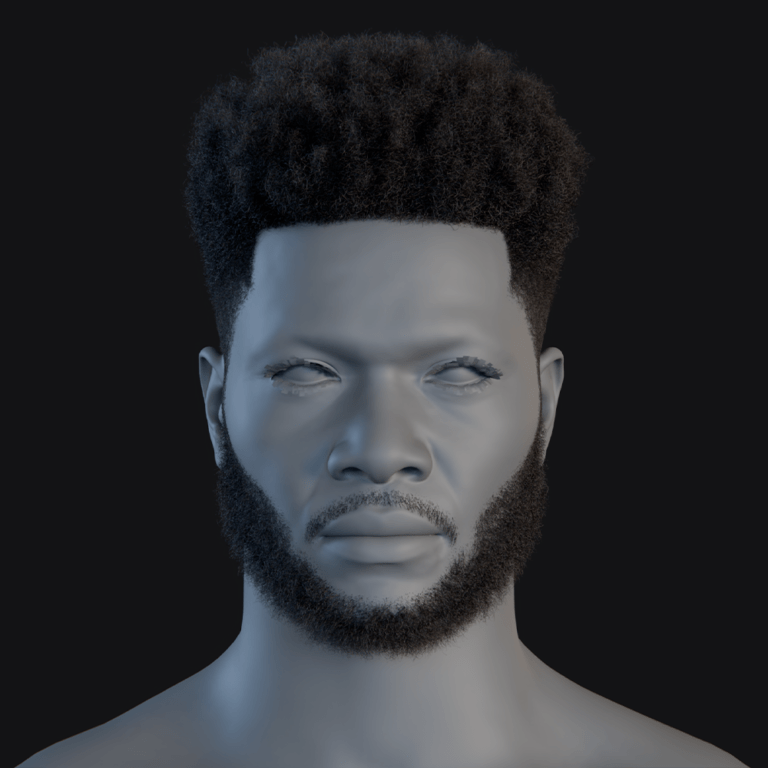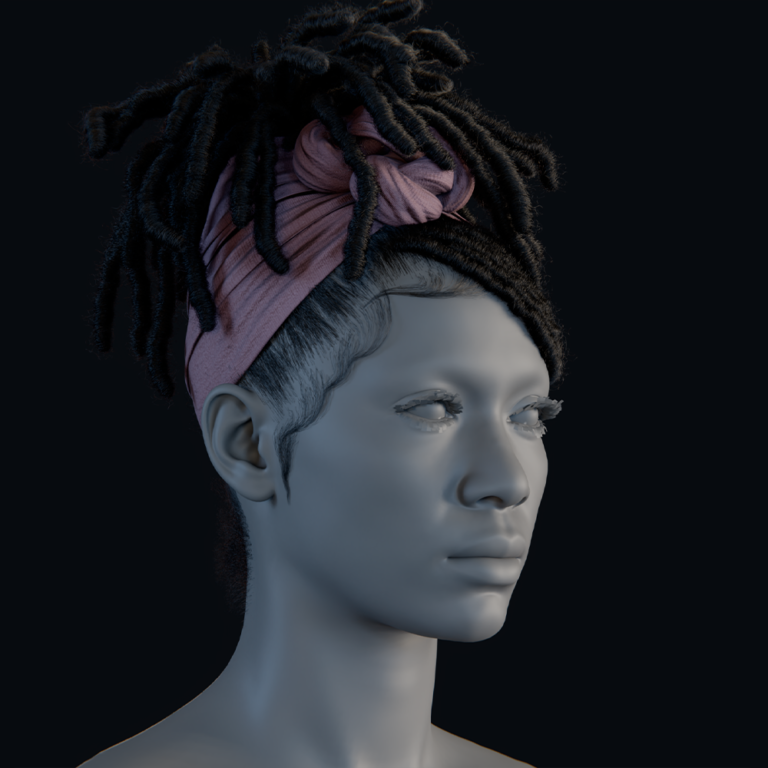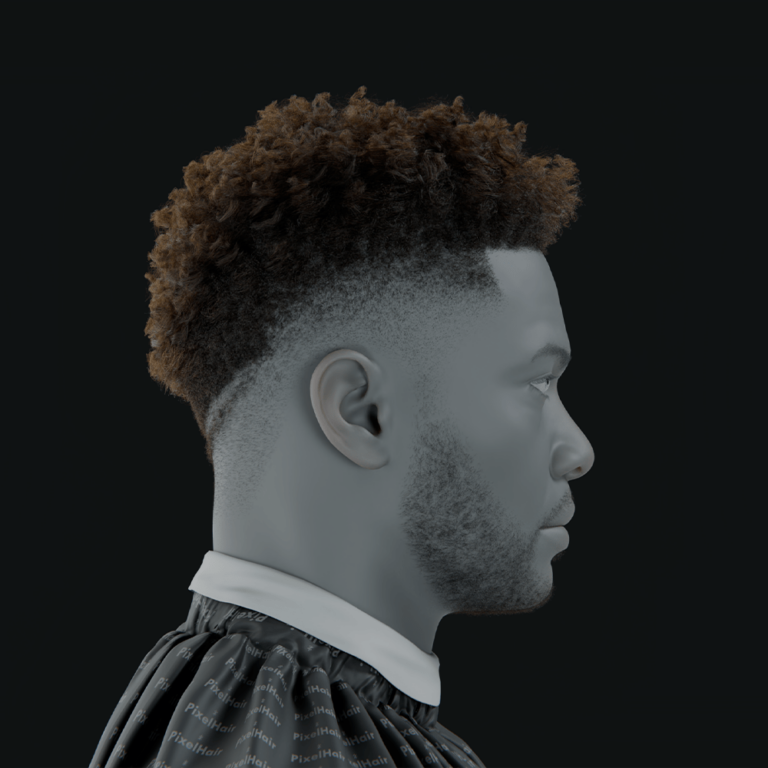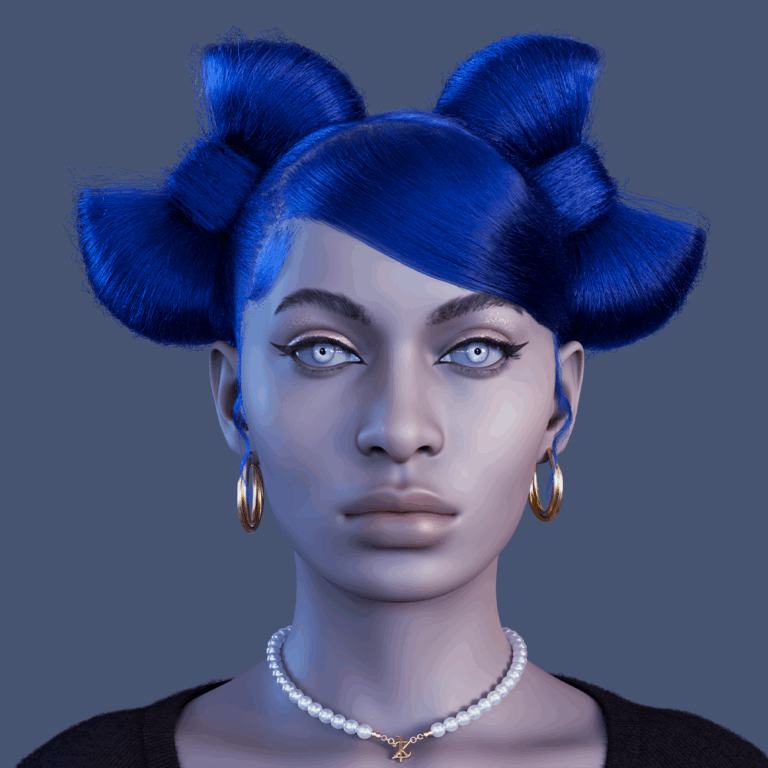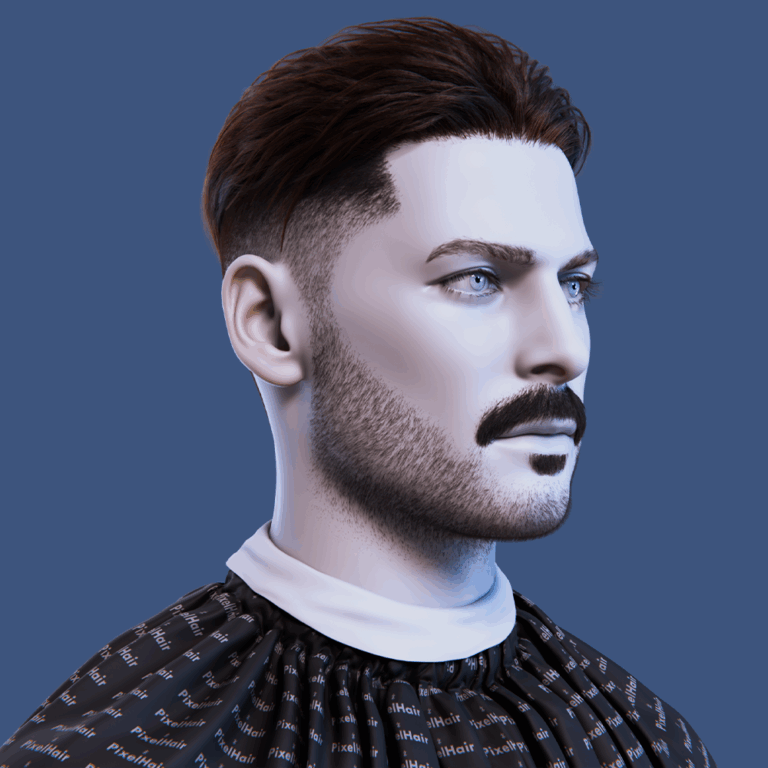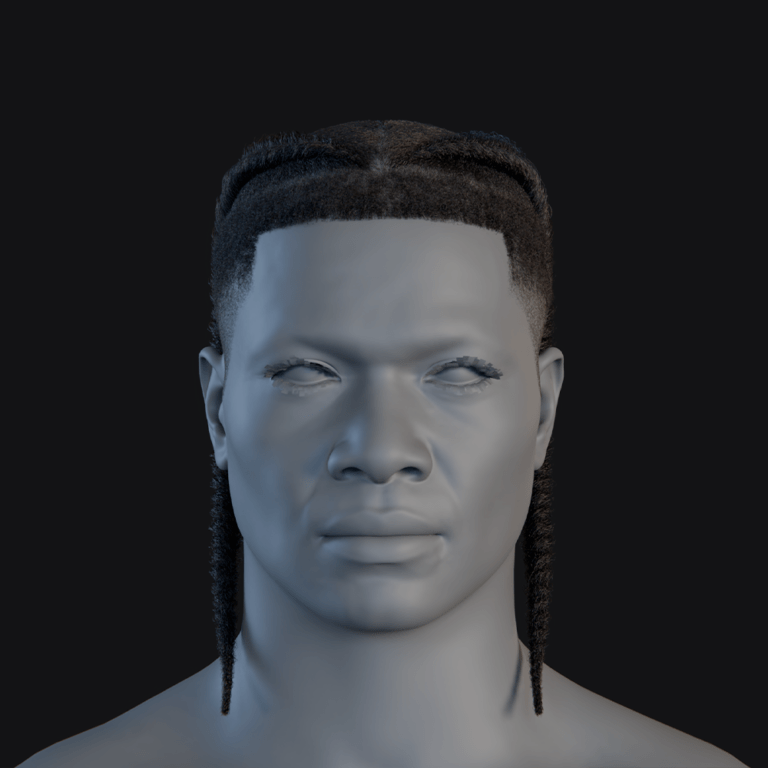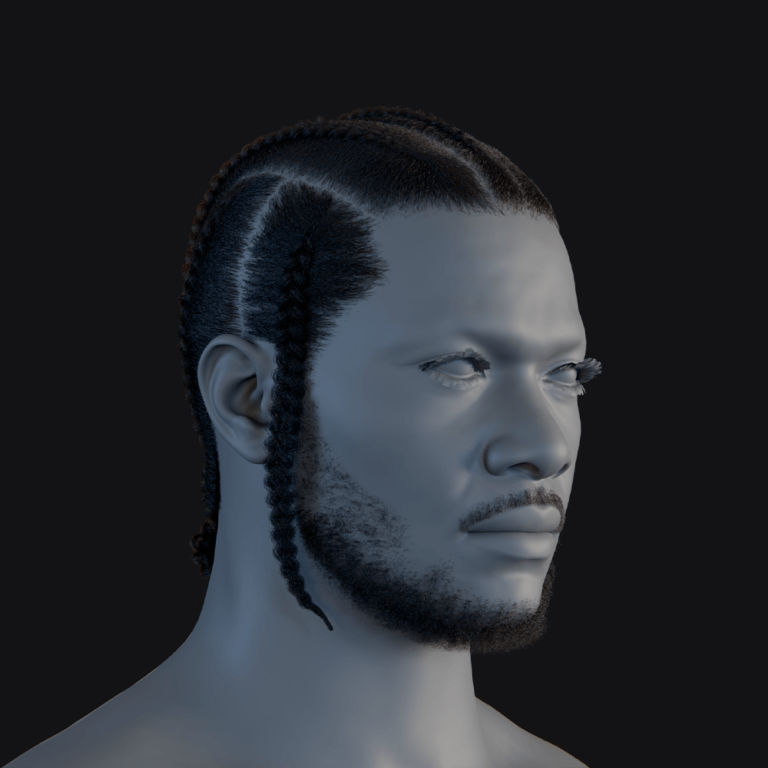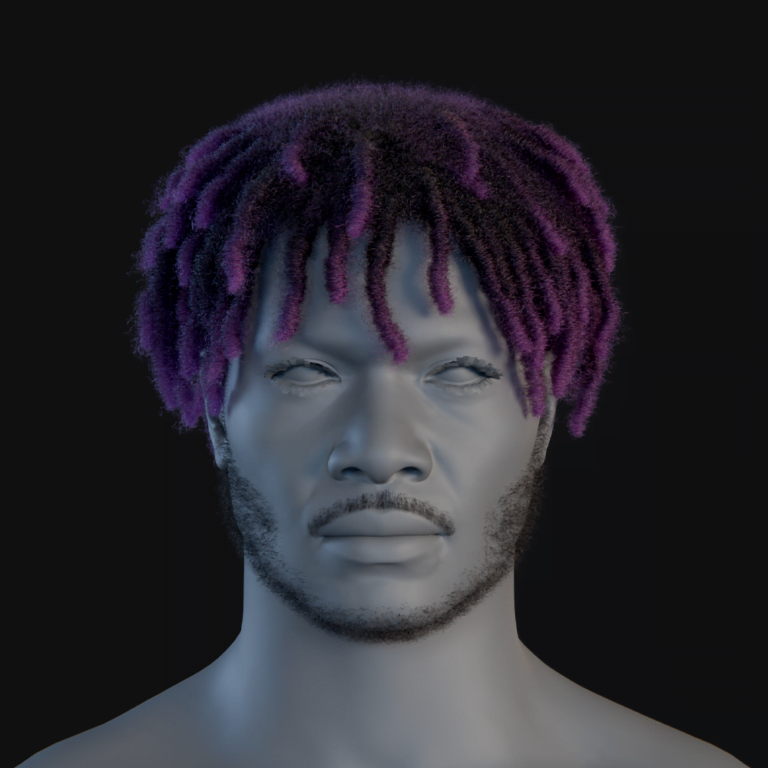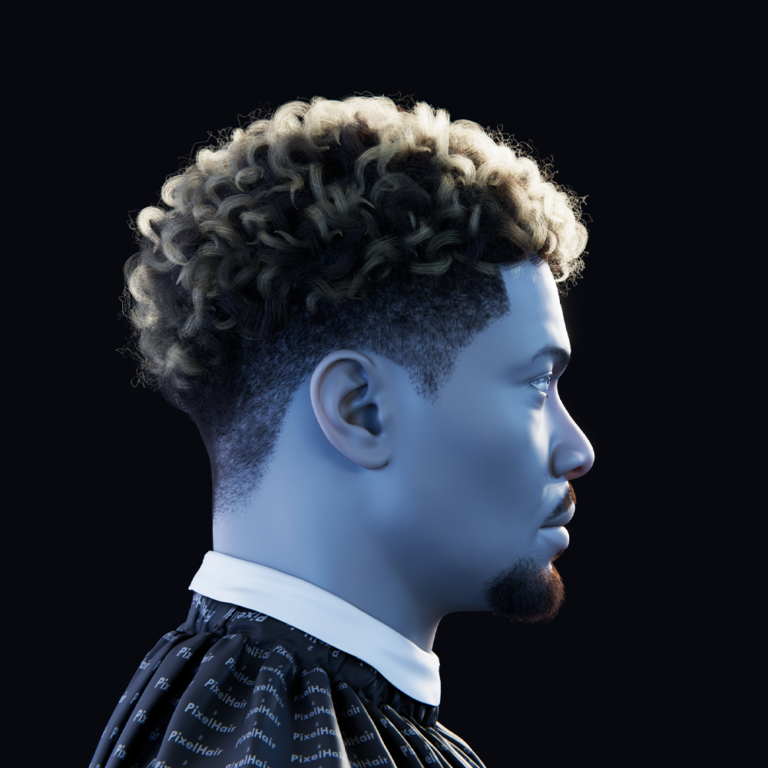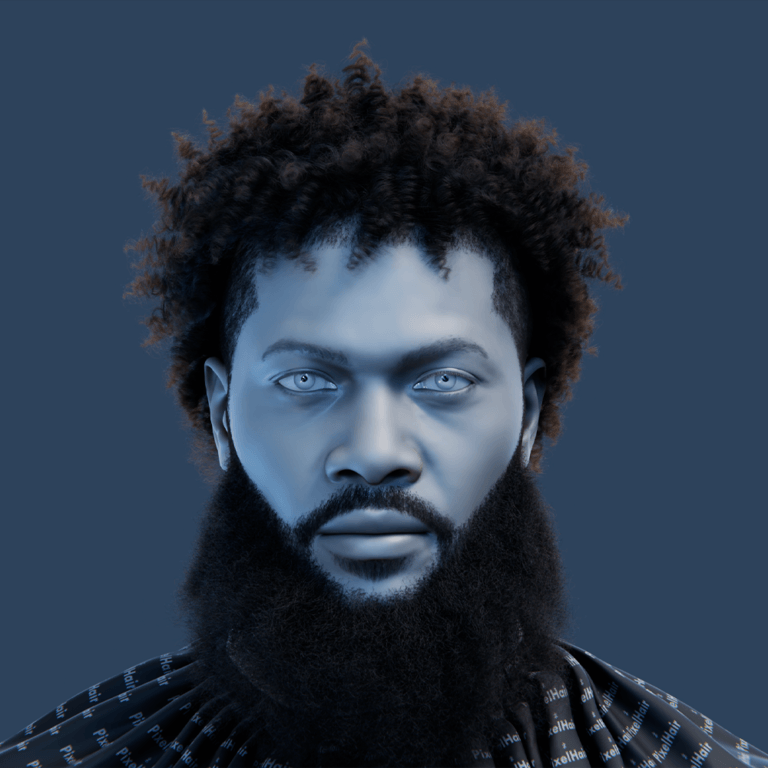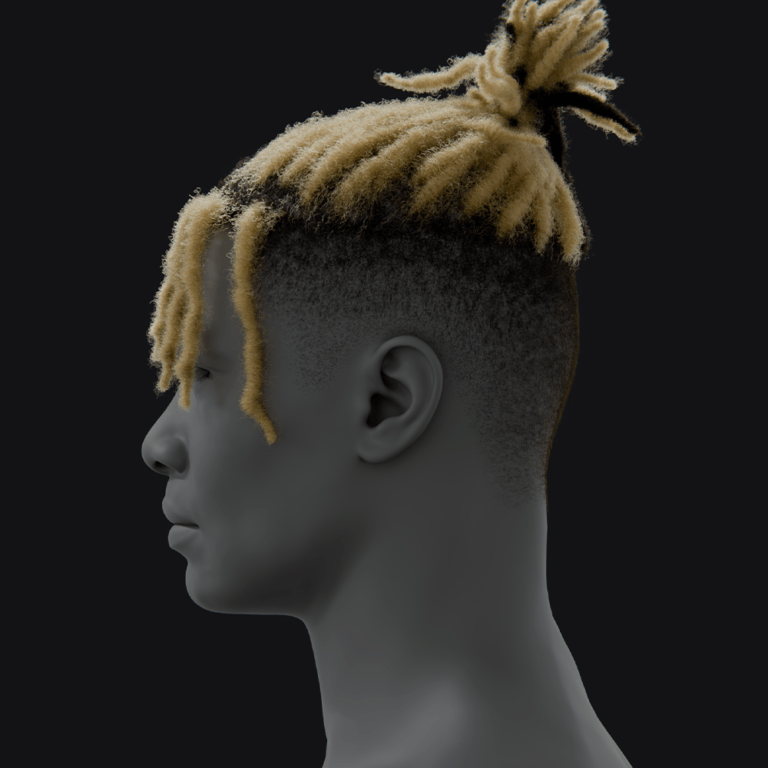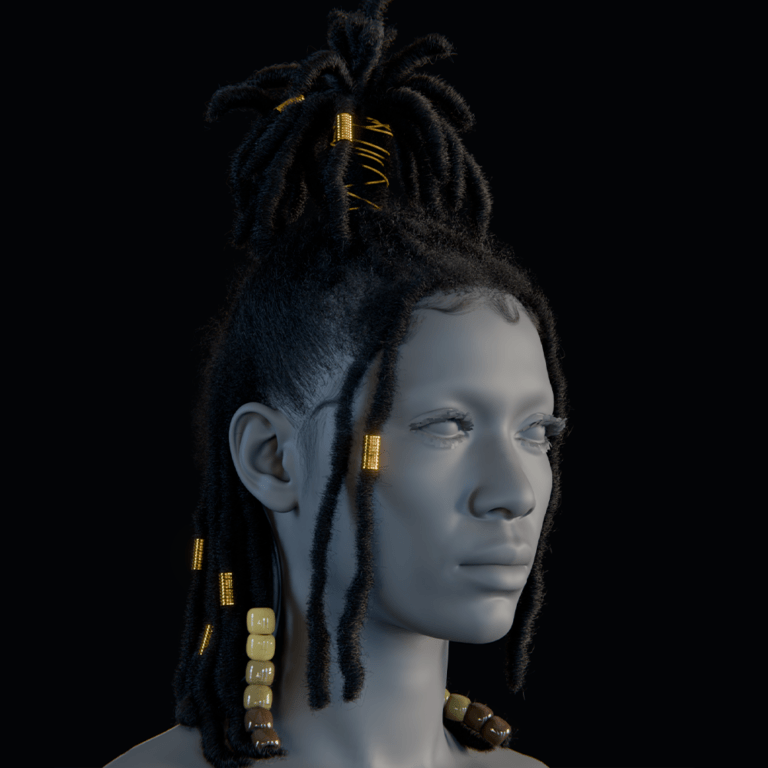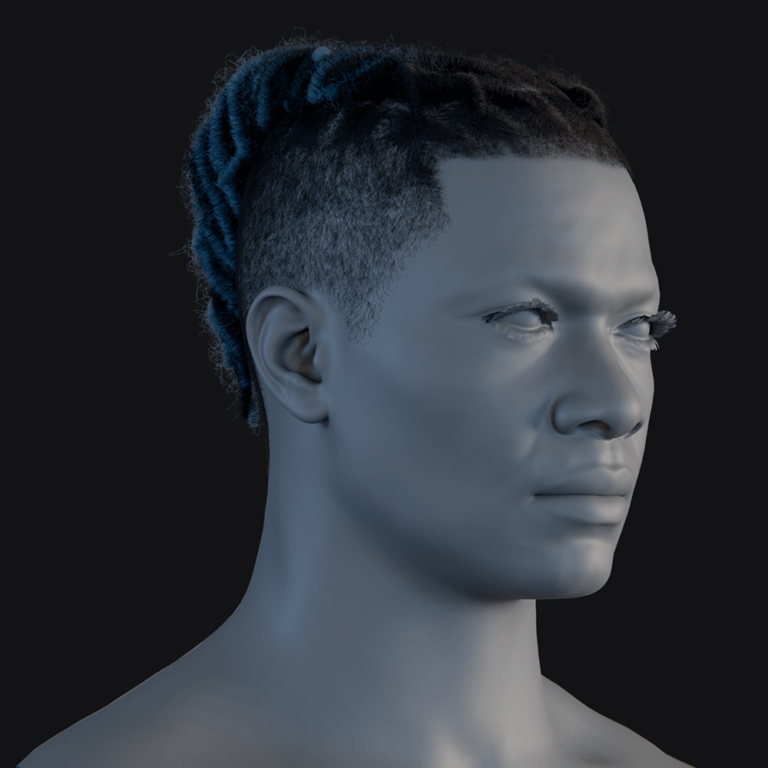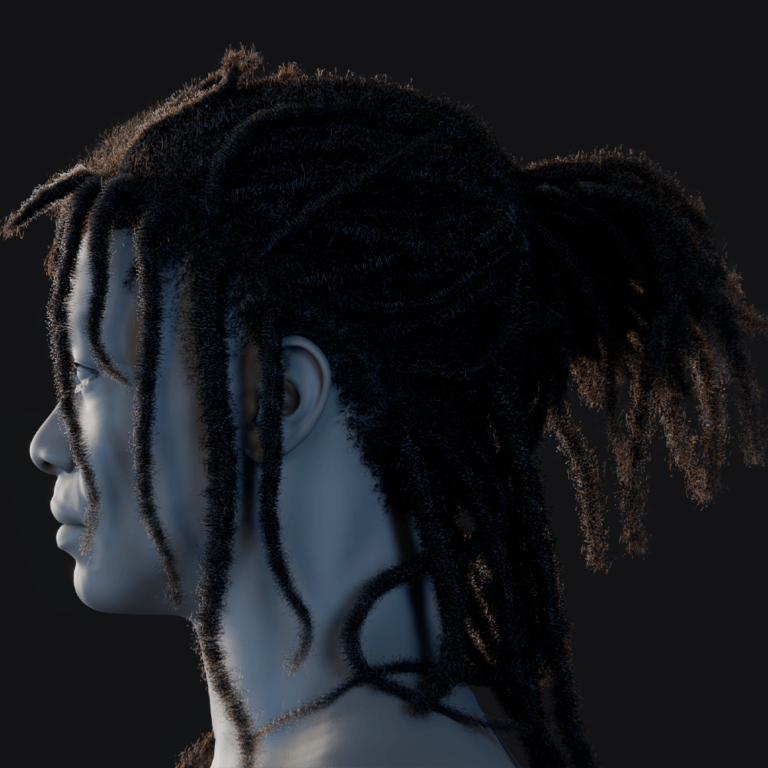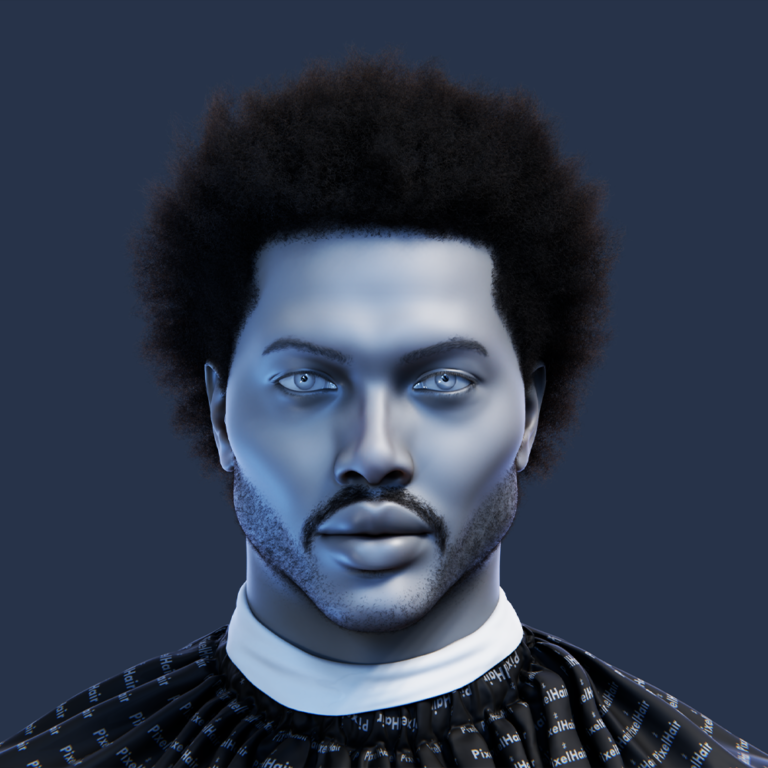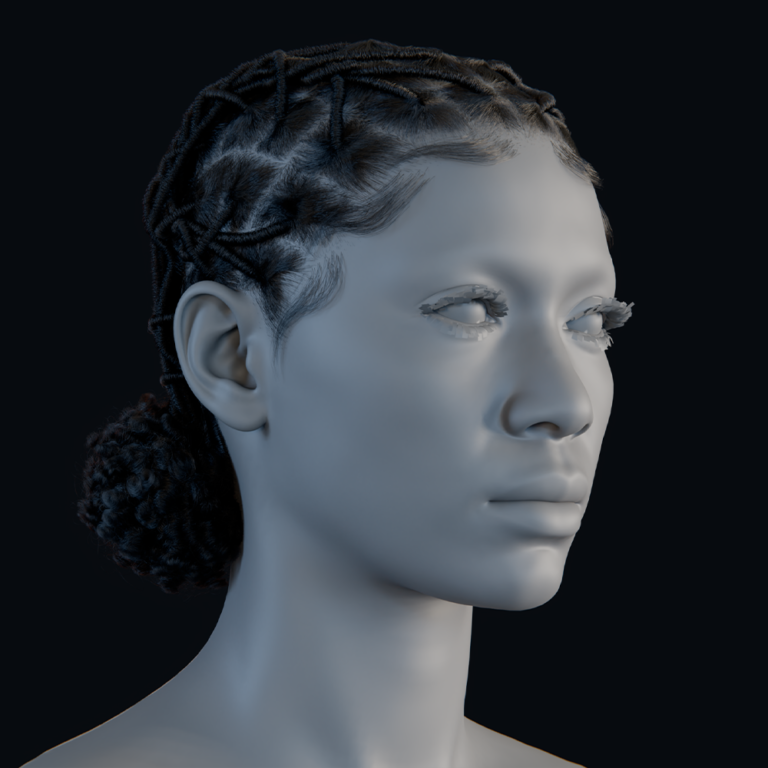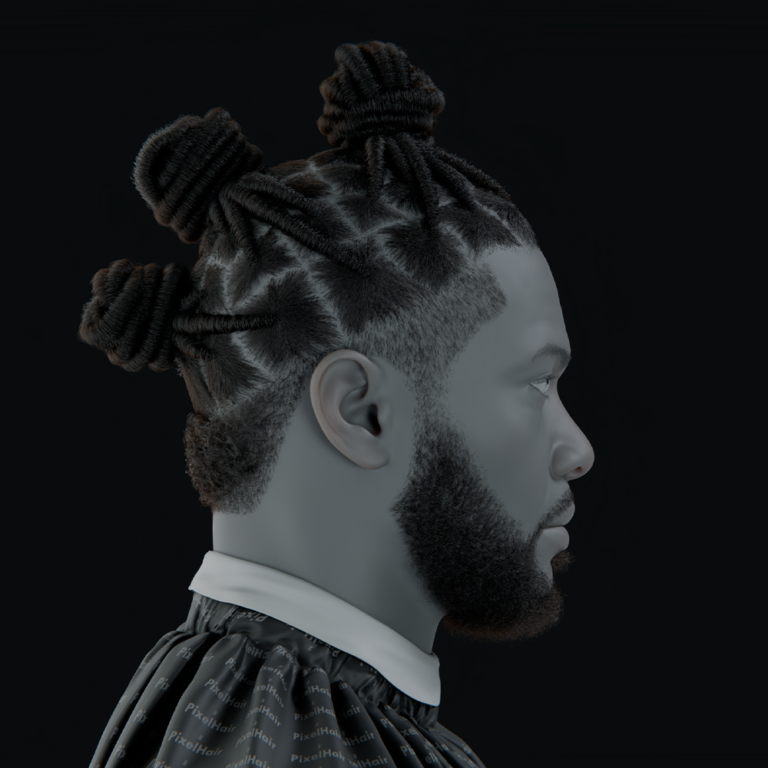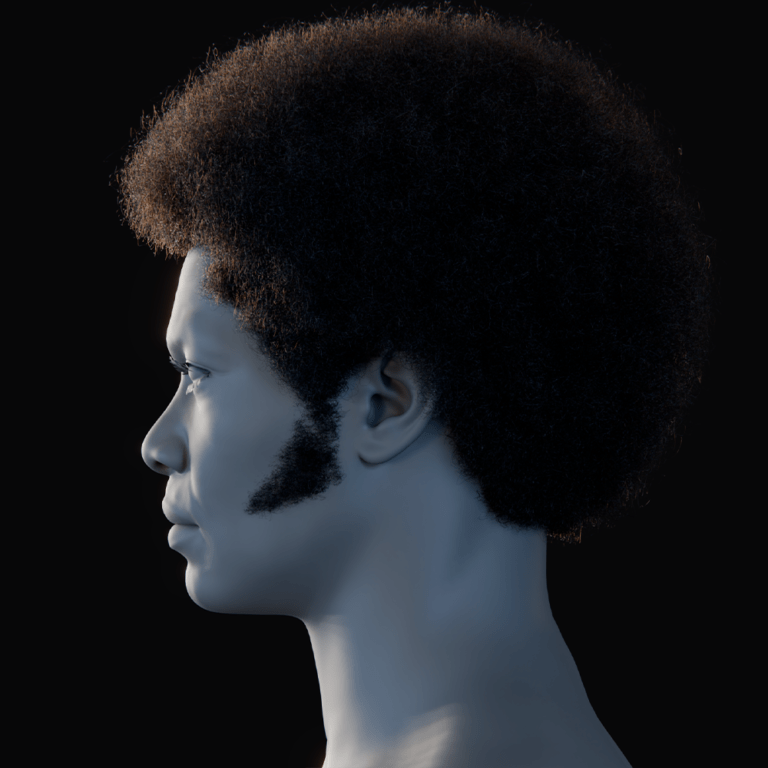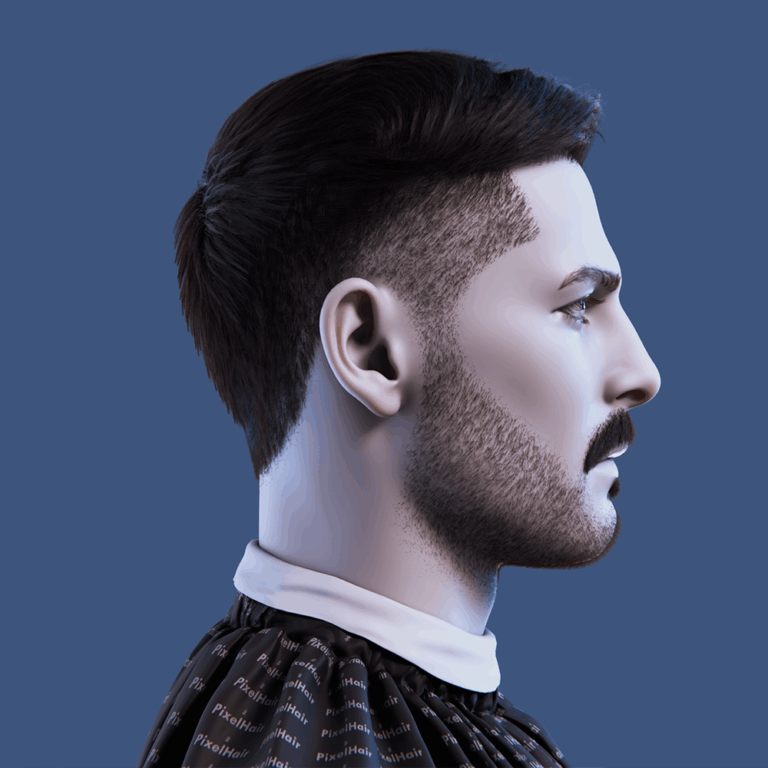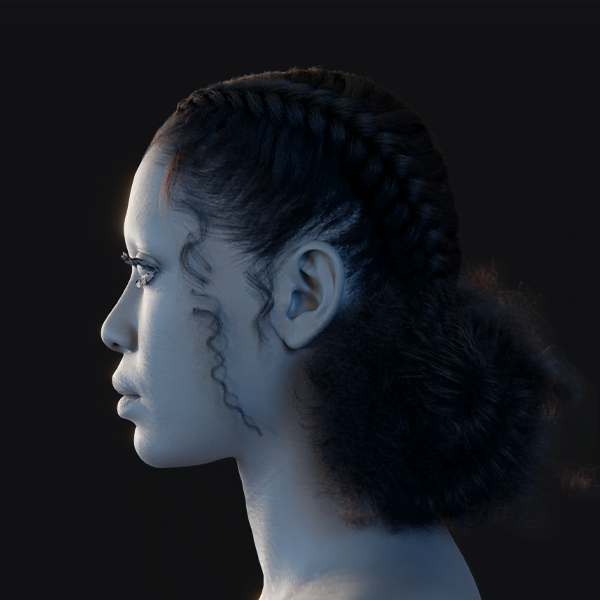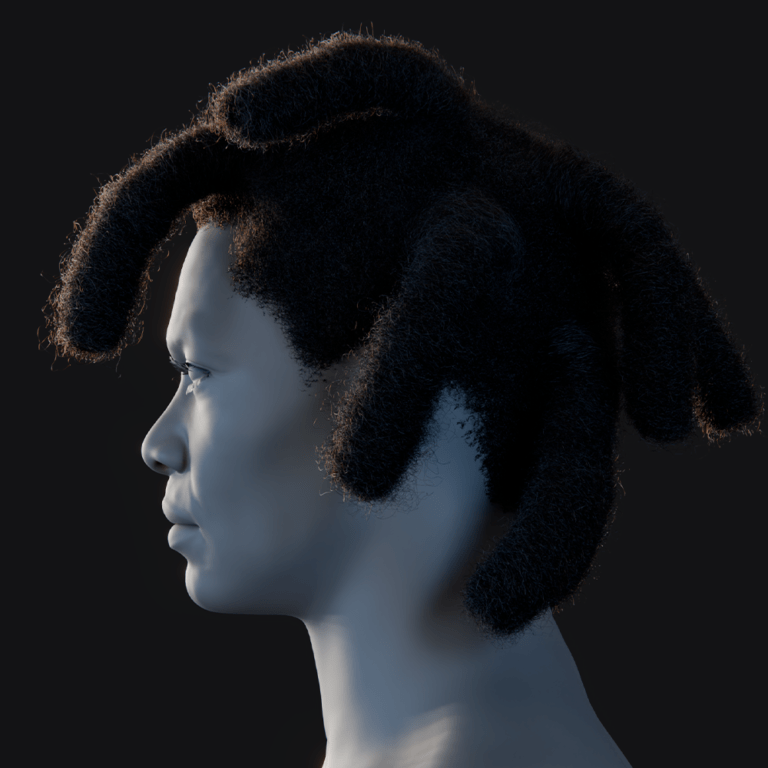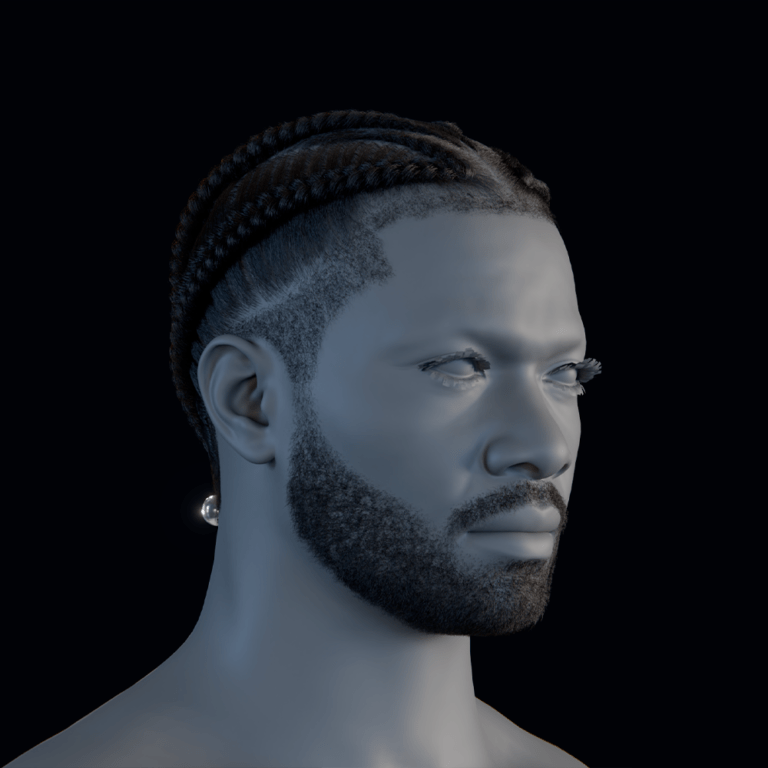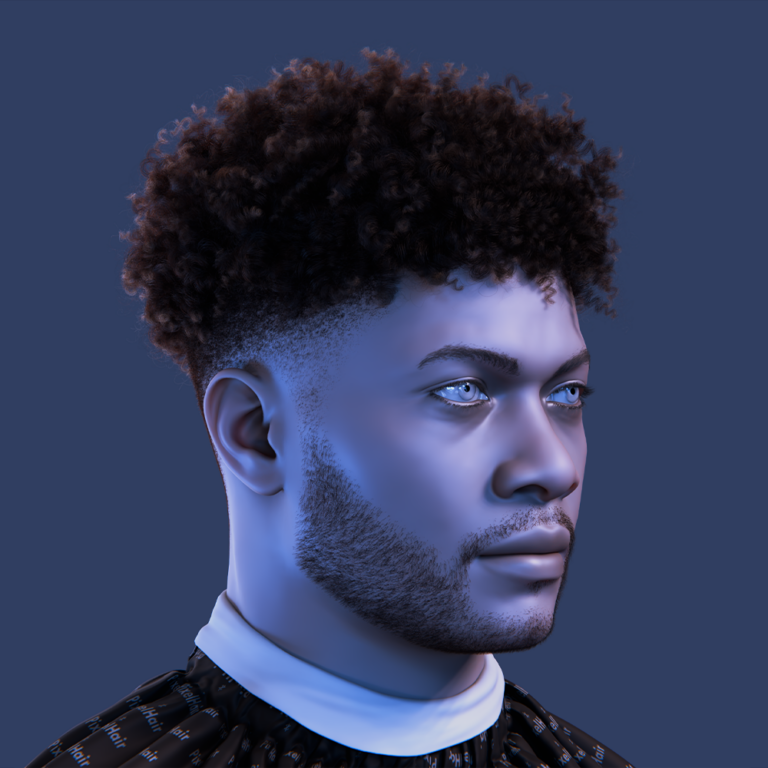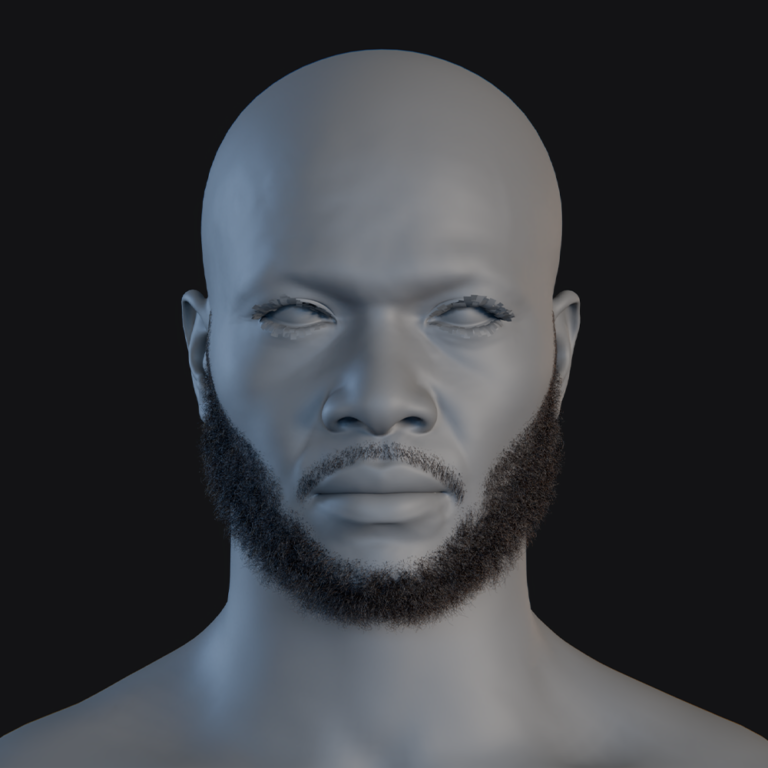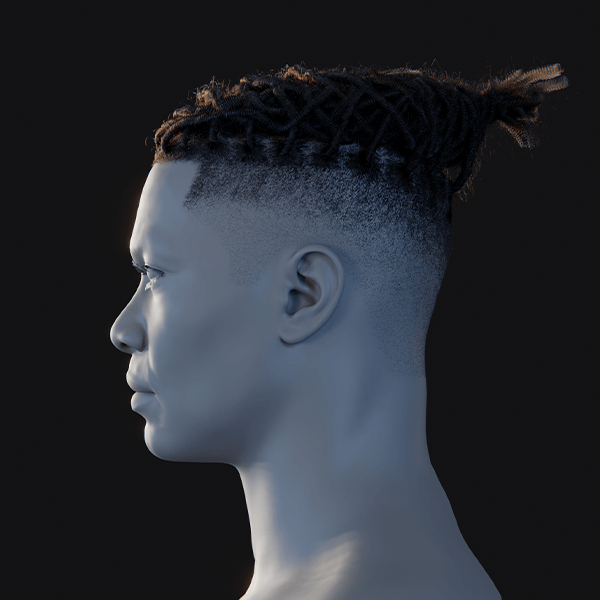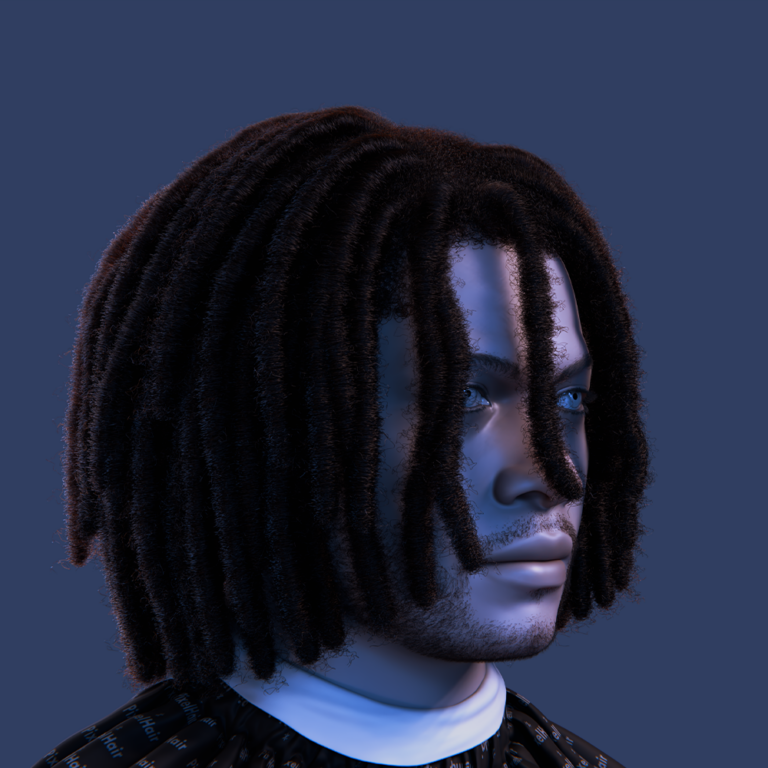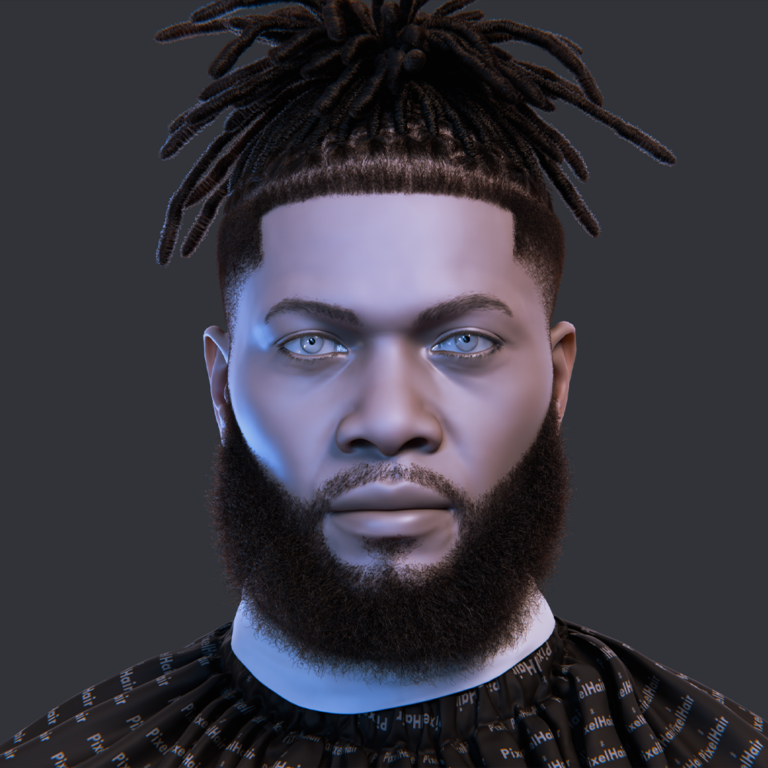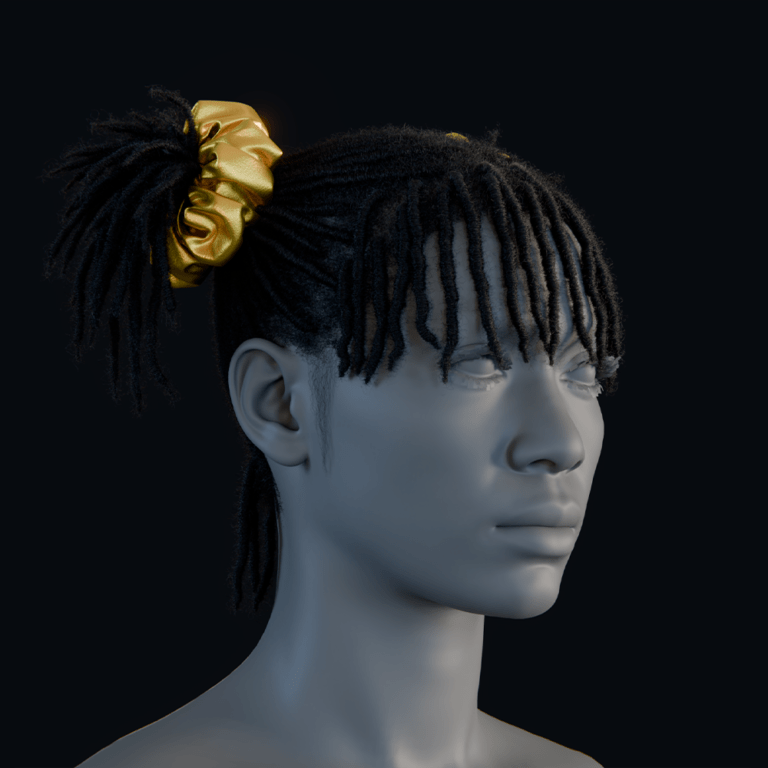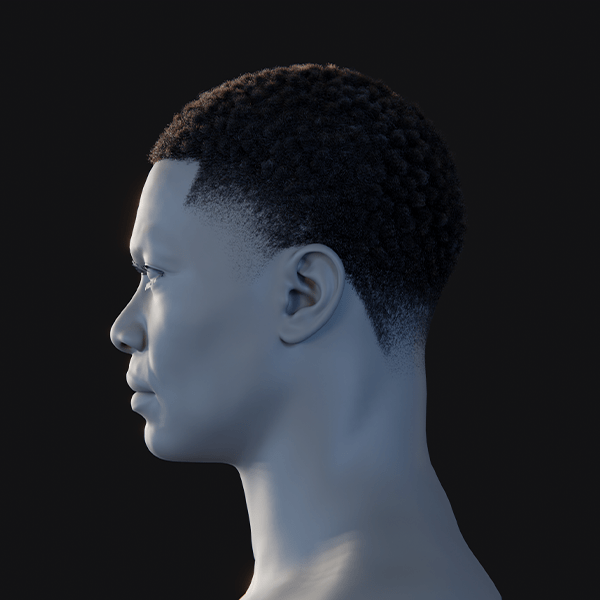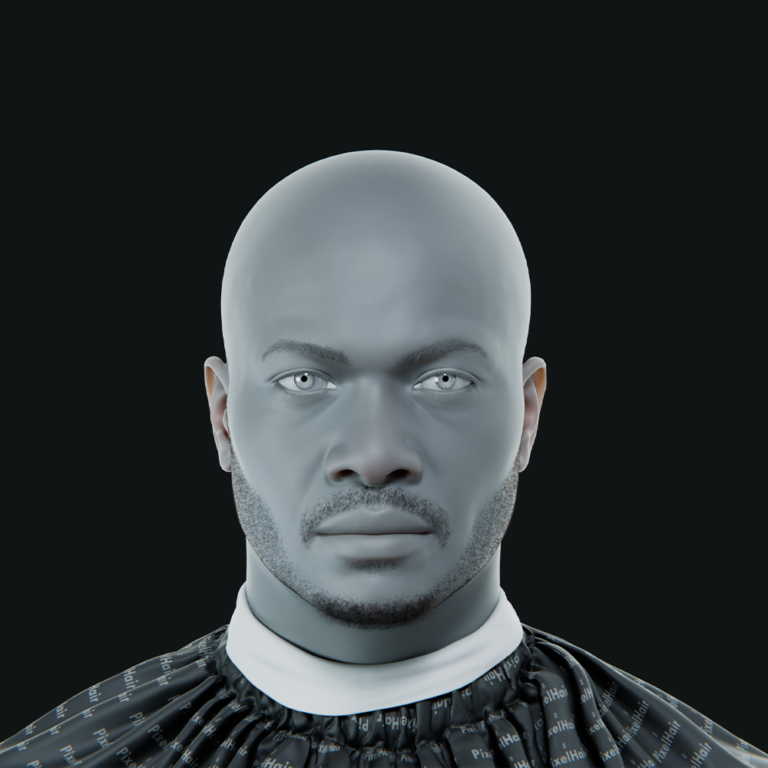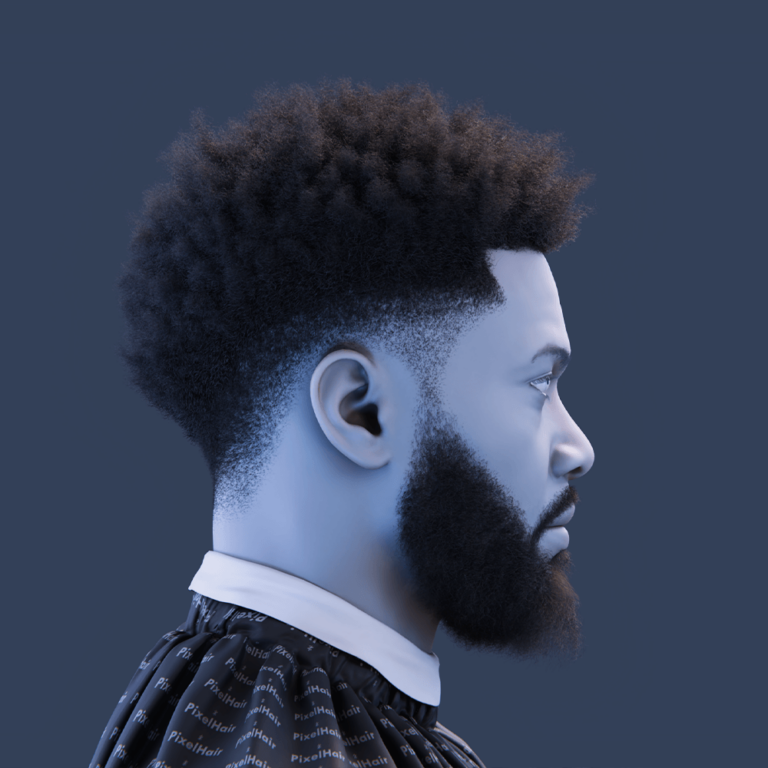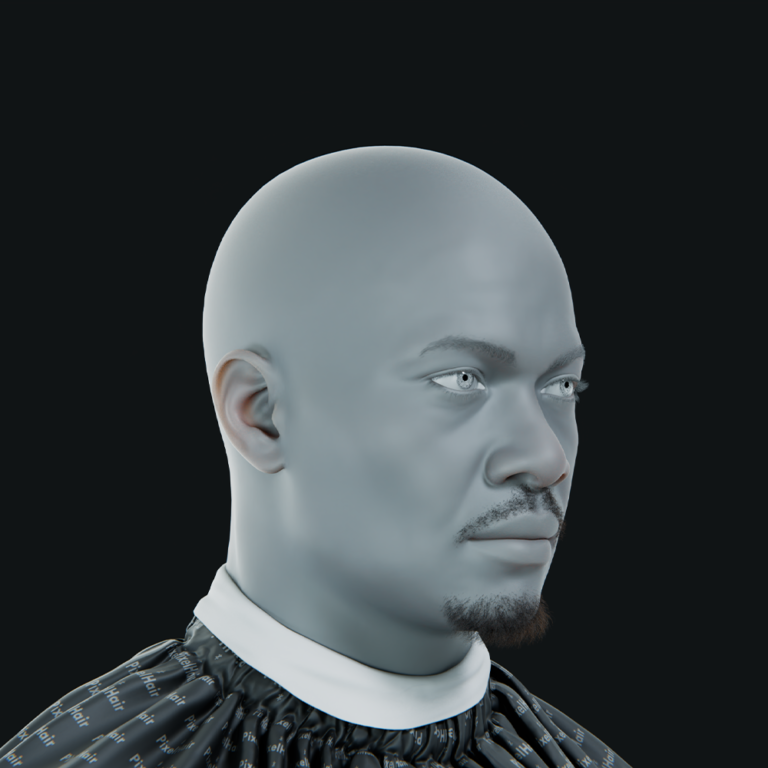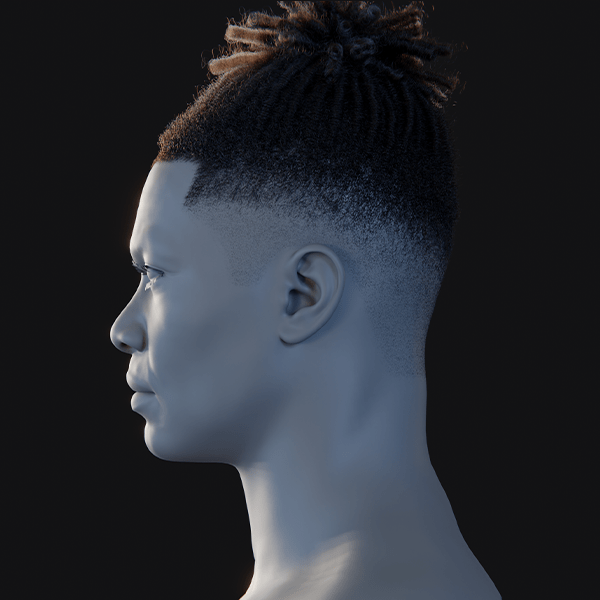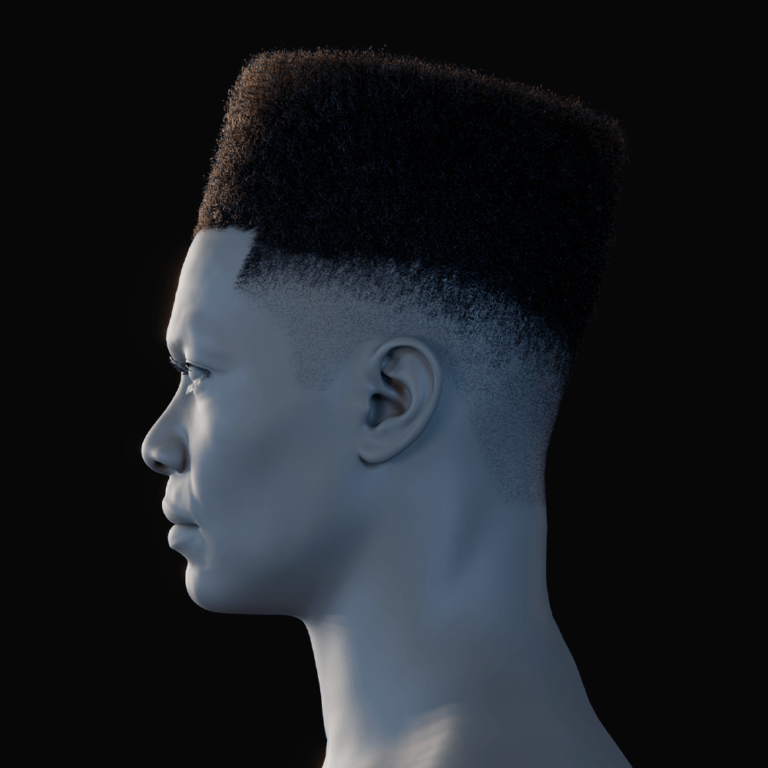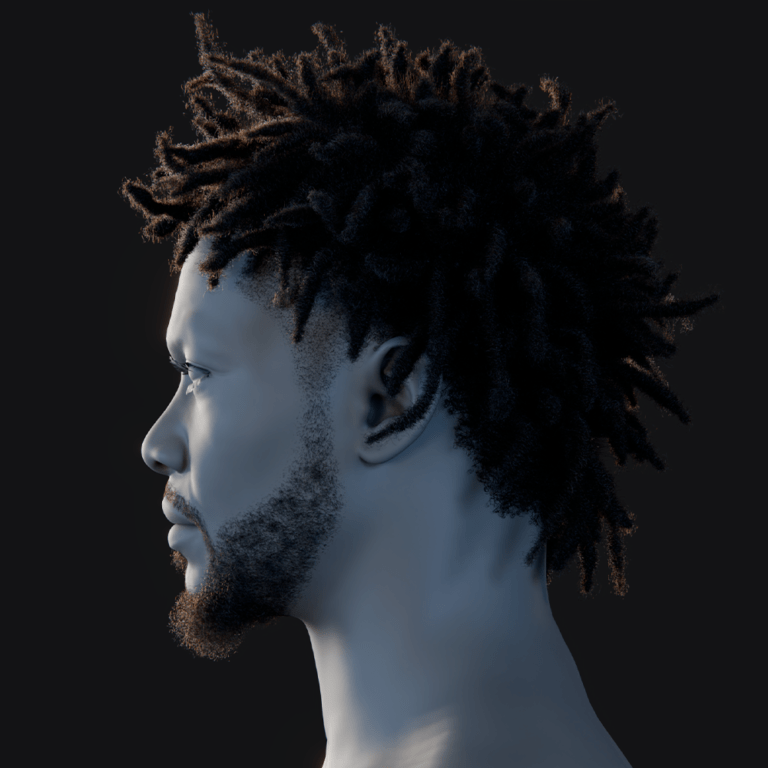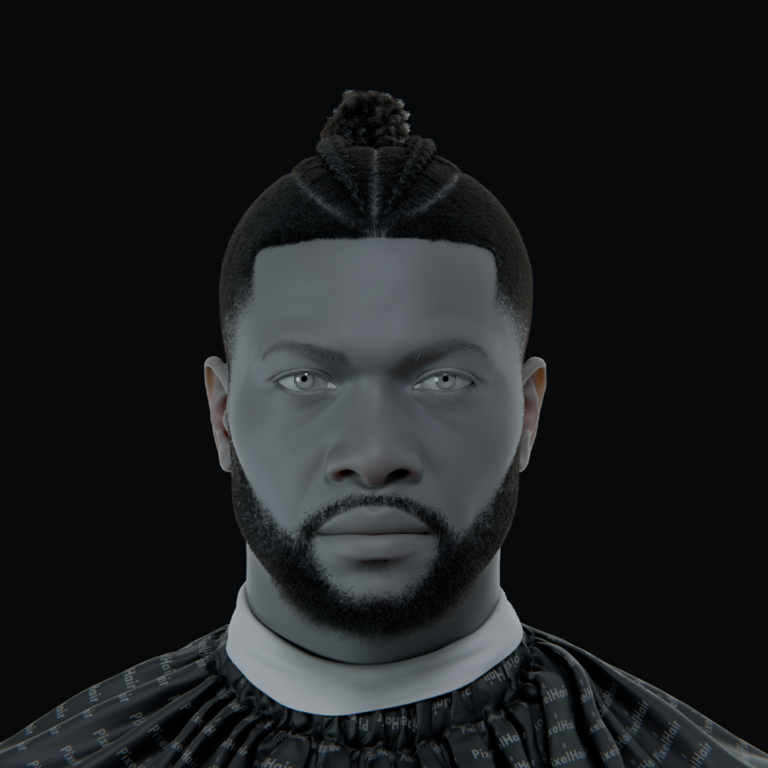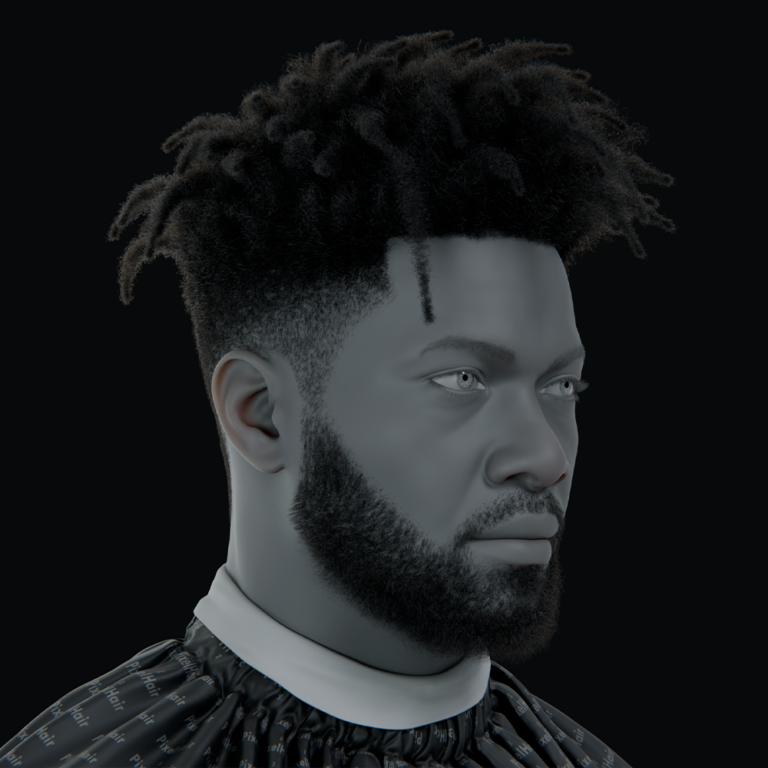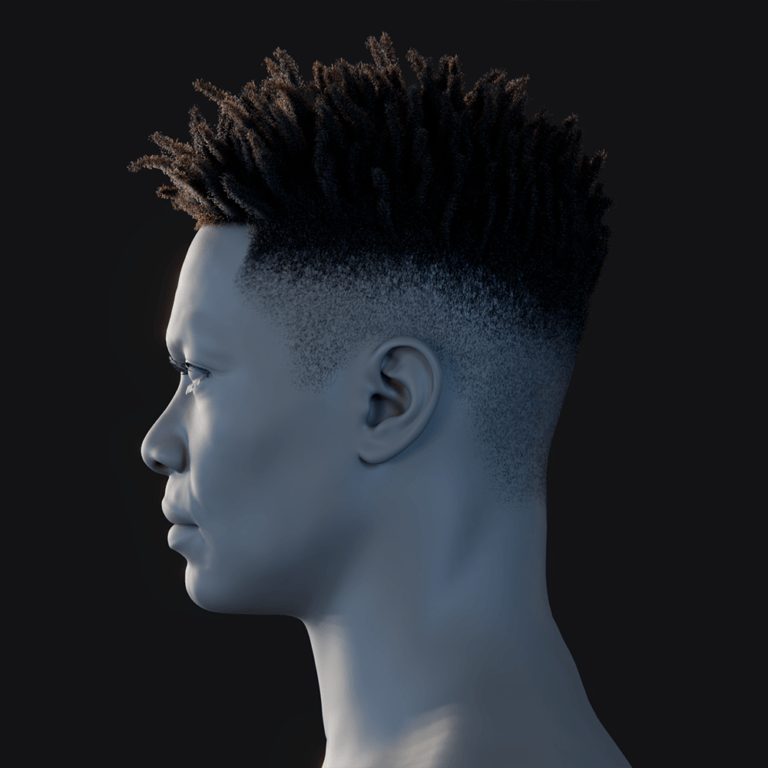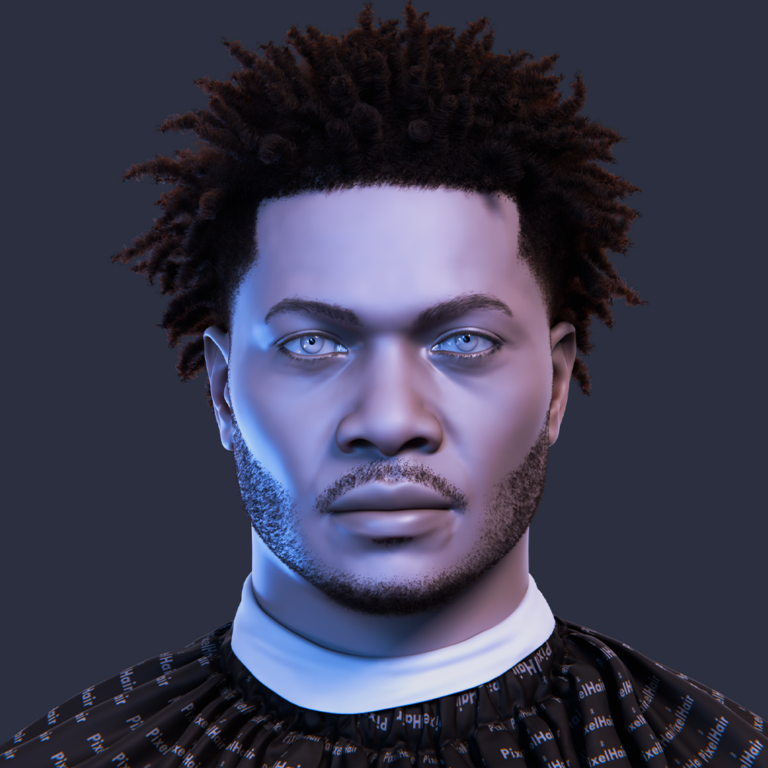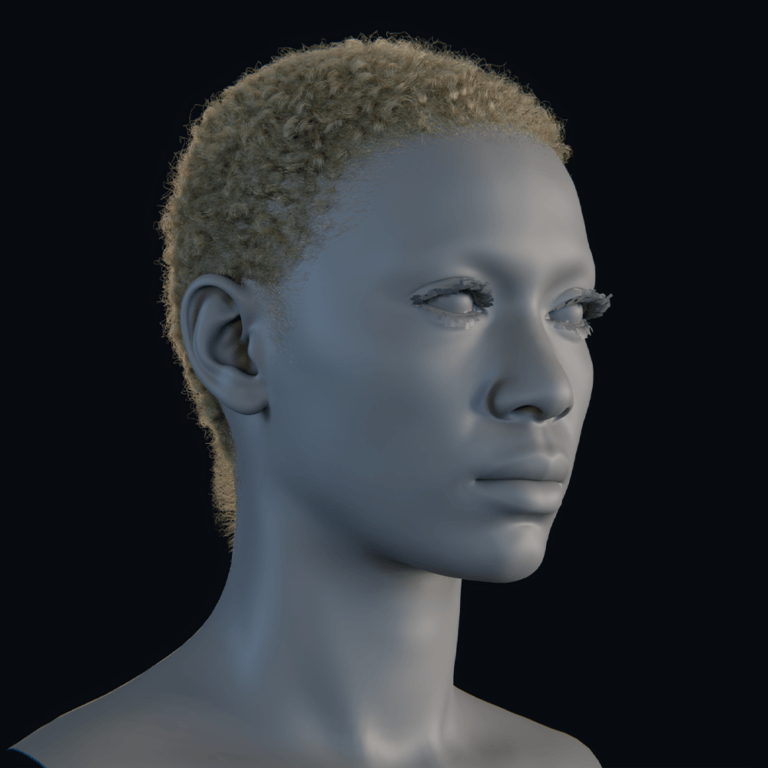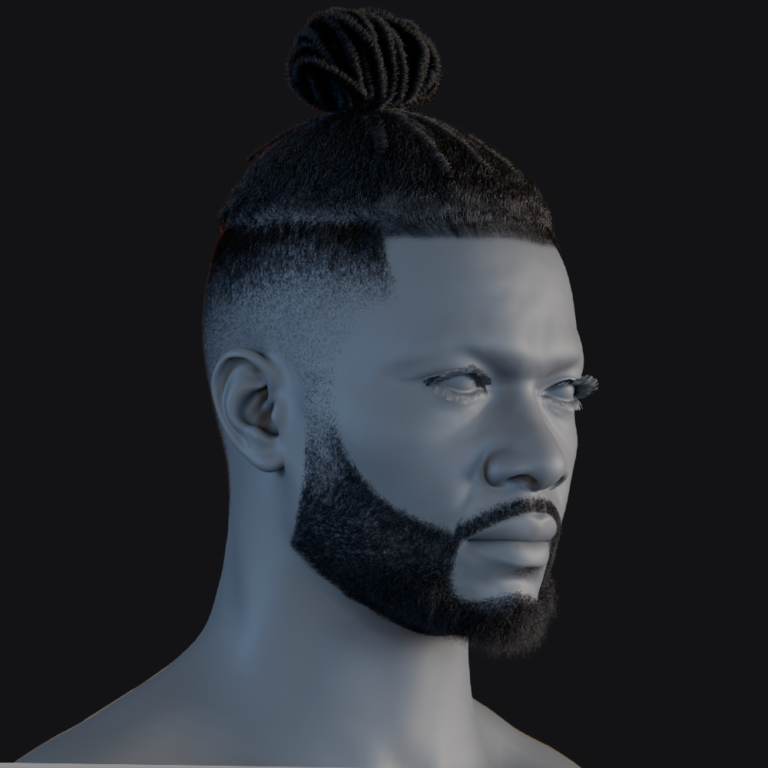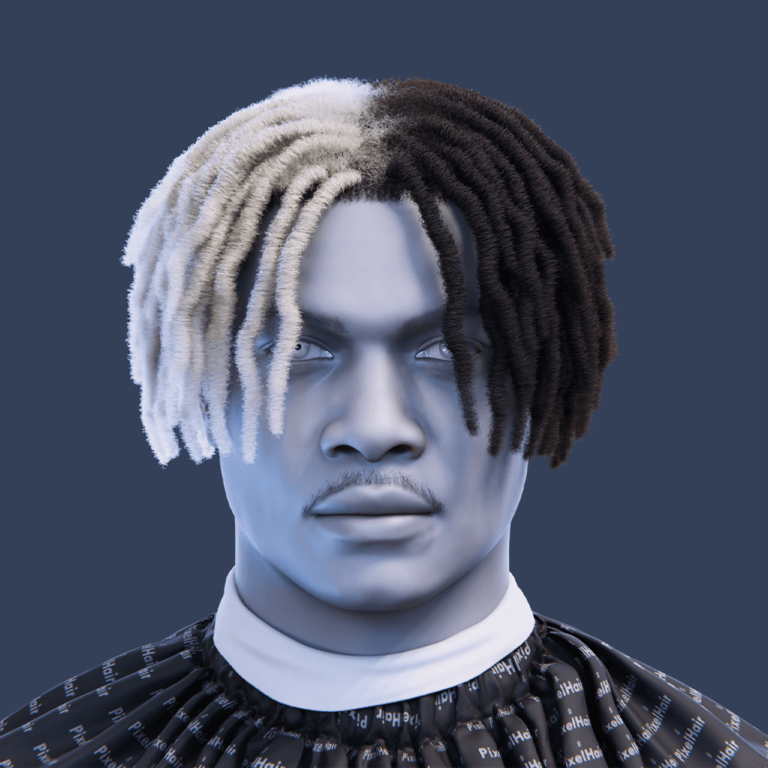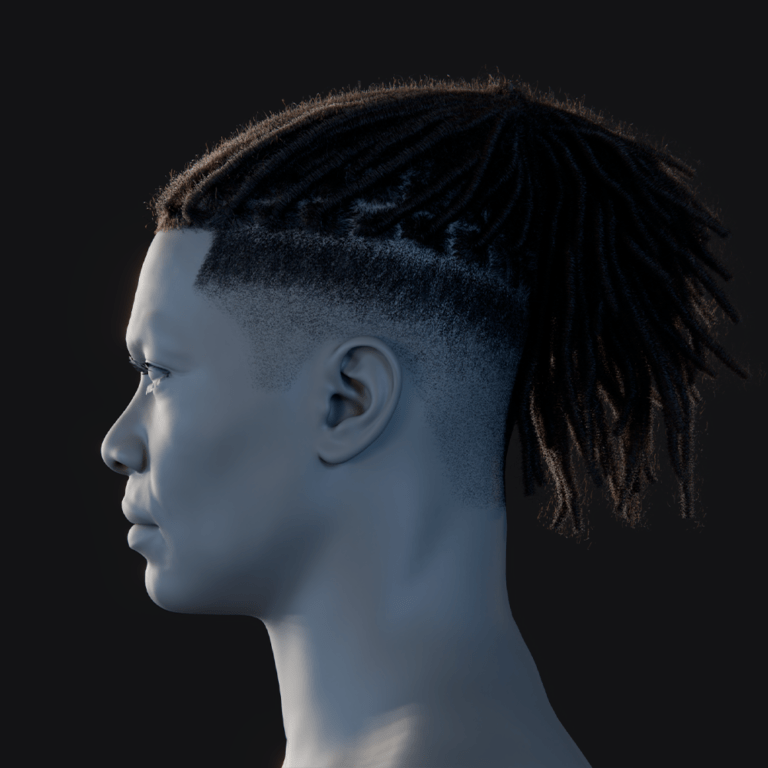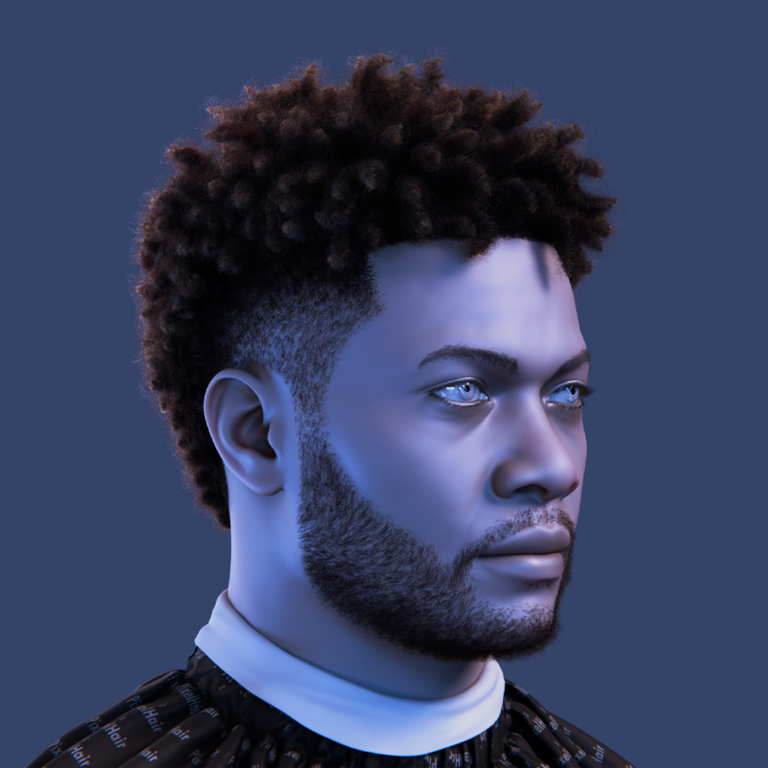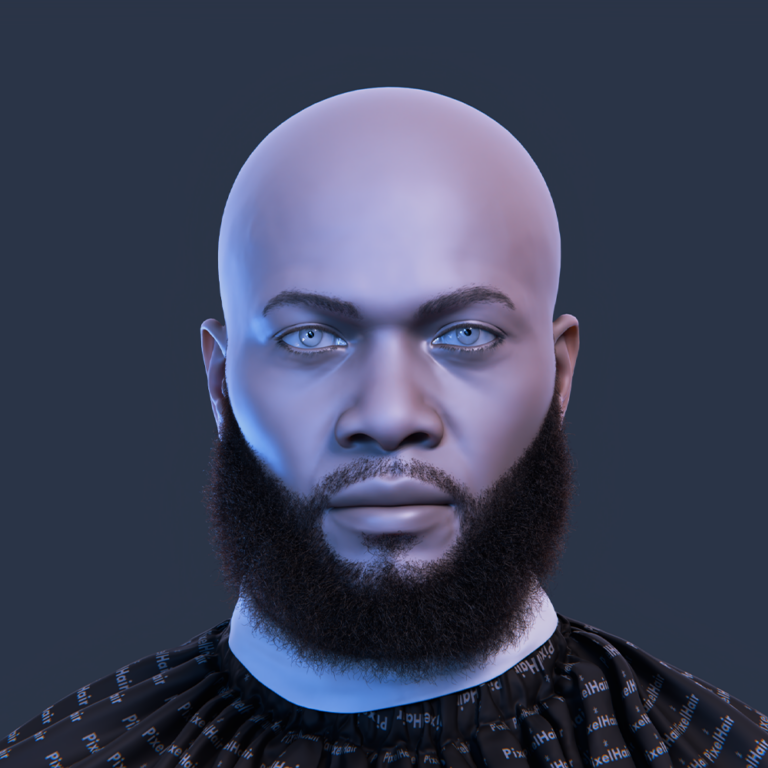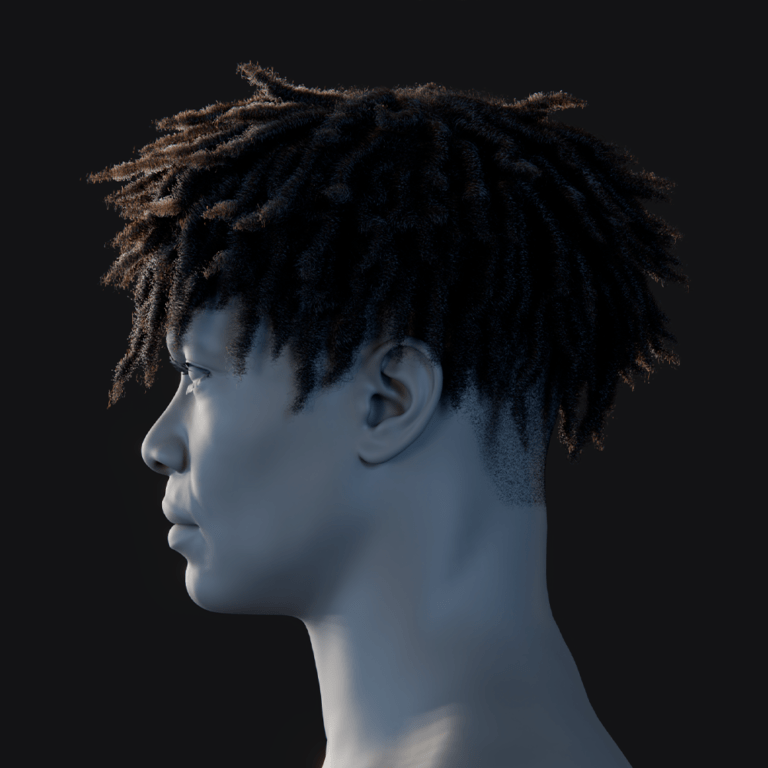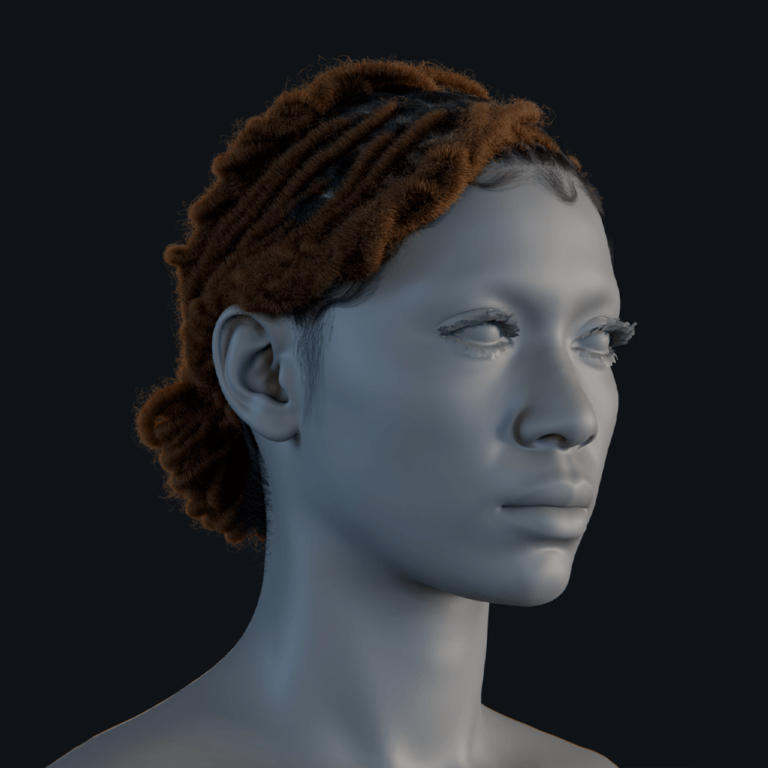In the fast-paced world of 3D artistry, efficiency can make or break a project. Every minute spent wrestling with tedious technical tasks is a minute lost from the creative process that drives stunning visuals. Blender as one of the top 3D software in the industry offers incredible flexibility and power, but it’s not without its challenges. One of the most time-consuming hurdles artists face is managing multiple camera views and render settings. A process that in Blender’s default setup, can feel clunky, repetitive, and prone to human error.This is where The View Keeper stands out, a transformative add-on designed to streamline camera management and optimize rendering workflows for Blender artists of all disciplines.
Whether you’re an animator piecing together a complex sequence of shots, an architect showcasing a building from multiple angles, or a product designer rendering variations for a marketing campaign, The View Keeper is here to make your life a whole lot better. This add-on empowers you to save, switch, and batch render multiple camera setups effortlessly. Thereby eliminating repetitive adjustments and reducing the risk of mistakes. In this comprehensive article, we’ll dive deep into why The View Keeper is an indispensable tool for every Blender artist, exploring its features, benefits, and practical applications. By the end, you’ll see why this add-on is a game-changer for optimizing your rendering workflows and why it deserves a spot in your creative toolkit.
What is The View Keeper?
At its core, The View Keeper is a Blender add-on crafted to tackle one of the most persistent pain points in 3D workflows: managing cameras and render settings in 3D projects. Blender’s default system requires artists to manually position cameras, adjust their parameters, and configure render settings for each individual render. And in cases where multiple output formats are required, being forced to render animation in parts. Having to always go back to Blender to change settings and also constantly changing the active camera settings. A process that becomes exponentially more cumbersome as project complexity grows. The View Keeper changes all that by providing a centralized, intuitive solution for saving, organizing, and rendering camera setups with ease.
The add-on integrates seamlessly into Blender’s interface, appearing as a dedicated panel in the N-sidebar (the properties panel on the right side of the viewport). From there, artists can store unlimited number of camera views each with its own position, rotation, lens settings, render configurations and more, while being able to access them with a single click. Whether you’re working on a single scene with multiple angles or an advanced project with dozens of shots, The View Keeper keeps your workflow smooth, organized, and efficient.
Key Features of The View Keeper
What makes The View Keeper so powerful? Let’s break down its standout features:
- Save Multiple Camera Views: Capture and store camera positions, rotations, and settings like focal length, depth of field, and clipping distances all in one convenient list.
- Store Render Settings: Pair each view with its own render settings, including resolution, aspect ratio, file format, and output path, ensuring every render is tailored to its purpose.
- Switch Views Instantly: Switch between saved views with a single click, with the camera and settings updating Blender automatically. No manual repositioning required.
- Batch Rendering: Render multiple views in sequence with one command, automating what would otherwise be a painstaking and time consuming rendering process.
- User-Friendly Interface: A clean, intuitive layout in Blender’s N-panel makes managing views simple, even for beginners.
These capabilities set The View Keeper apart from Blender’s default tools and other similar add-ons, offering a level of control and efficiency that’s hard to match. Whether you’re rendering a single frame or an entire sequence, this add-on ensures your workflow stays fluid and frustration-free.

How The View Keeper Simplifies Camera Management
Camera management in Blender’s default setup can feel like a chore, especially for projects requiring multiple perspectives. Without an add-on like The View Keeper, artists must manually adjust the camera for each view. Repositioning it, tweaking lens settings, and reconfiguring render parameters every time. This repetitive process not only eats up valuable time but also increases the likelihood of errors, such as misaligned cameras or inconsistent render settings.
The View Keeper eliminates these headaches by centralizing and automating camera management. Here’s how it simplifies the process:
- Centralized Control: All your camera views are stored in a single panel, giving you a clear overview and easy access to every setup.
- Instant Switching: Click on a saved view, and the camera snaps to saved position while applying the associated render settings, no fiddling with settings required.
- Organized Workflow: Name and categorize your views (e.g., “Exterior Shot,” “Close-Up Detail”) to keep track of even the most complex projects.
- Consistency Across Renders: By saving render settings alongside each view, you ensure every output matches its intended specifications, reducing the risk of oversight.
Imagine you’re working on an architectural visualization project. You need to render the building’s exterior from the front, a top-down view of the roof, and a close-up of an interior detail. Without The View Keeper, you’d move the camera to each position, adjust the focal length and render settings, and render each view one by one. With The View Keeper, you set up each view once, save them in the panel, and switch or render them as needed. It’s a night-and-day difference with efficiency and peace of mind.
Benefits for Different Types of Blender Artists
One of The View Keeper’s greatest strengths is its versatility. It’s not a niche tool for a single type of artist, it’s a workflow enhancer that delivers value across the board. Let’s explore how it benefits different Blender users:
Animators
For animators, managing camera angles across multiple shots is a constant challenge. The View Keeper shines here by allowing you to:
- Save precise camera setups for each scene or shot, ensuring smooth transitions and consistent framing.
- Switch between setups instantly during animation reviews, speeding up iteration and feedback cycles.
- Batch render key frames or test shots without resetting the camera each time.

Architects
Architectural visualization often requires rendering a structure from multiple perspectives—front, back, side, interior, and more. With The View Keeper, architects can:
- Store views for every angle of a building, each with tailored render settings (e.g., high resolution for client presentations, lower resolution for drafts).
- Render all perspectives in one go, streamlining the delivery process for tight deadlines.
- Maintain consistency across renders, ensuring lighting and camera settings align perfectly.
Product Designers
Product designers need to showcase their creations from various angles and in different styles for marketing materials. The View Keeper helps by:
- Enabling quick setup and rendering of multiple product views (e.g., top, side, 45-degree angle) or variations (e.g., different aspect ratio or file formats).
- Supporting batch rendering for outputs tailored to specific platforms like social media, websites, or print all in one render session.
- Reducing setup time, so designers can focus on refining their models rather than fiddling with cameras.
Hobbyists and Freelancers
Even casual Blender users or freelancers juggling multiple small projects can benefit from The View Keeper’s time-saving features, making it easier to experiment with angles and settings without losing track of their work.
No matter your specialty, The View Keeper adapts to your needs, enhancing productivity and letting your creativity take center stage.
Step-by-Step Guide: Using The View Keeper
Ready to see The View Keeper in action? Here’s a detailed, beginner-friendly guide to getting started and making the most of this powerful add-on.
Installation
- Download the Add-on: Visit the official website or marketplace (e.g., Blender Market) and purchase The View Keeper. Download the .zip file to your computer.
- Install in Blender: Open Blender, navigate to Edit > Preferences > Add-ons, and click Install. Locate the downloaded .zip file and select it.
- Enable the Add-on: In the Add-ons tab, search for “The View Keeper,” check the box to enable it, and save your preferences.
Once installed, you’ll find The View Keeper in the N-panel (press ‘N’ in the 3D viewport to toggle it).
Setting Up Camera Views
- Position Your Camera: Use Blender’s viewport to move the camera to your desired position. Adjust its settings like focal length, depth of field, clipping range as needed.
- Configure Render Settings: In the Render Properties tab, set your resolution, aspect ratio, file format (e.g., PNG, JPEG), and output path for this view.
- Save the View: Select the Camera, In the N-panel under The Camera and View List Table, click “+” to save a new record. Give it a descriptive name (e.g., “Hero Shot”) and hit enter. The view, including camera and render settings, is now saved.

Switching Between Views
- To switch to a saved view, simply click its name in The View Keeper’s list. The camera will instantly move to the saved position, and all associated render settings will apply. This is perfect for quick comparisons or previews.
Batch Rendering with The View Keeper
To render multiple views in sequence using The View Keeper, follow these steps:
- Set Up View Records:
- Ensure you have multiple view or camera records saved in the View List Table.
- Keyframe the Views:
- In The View Keeper panel, select the first record you want to render and Insert Keyframe.
- Move to the next frame (e.g., frame 2). Select the next view record and insert another keyframe.
- Initiate Alternative Rendering:
- Use The View Keeper’s Alternative Rendering feature to render the sequence. This can be accessed in the plugin’s settings.
The View Keeper will render each frame with its corresponding view or camera settings, producing a series of images saved to their designated output locations.
Note: Alternative Rendering processes in the background, so you won’t see a progress window like with Blender’s default rendering. Check the specified output folders to access your rendered images.
Real-World Examples: The View Keeper in Action
To truly understand The View Keeper’s impact, let’s walk through some practical scenarios where it shines.
Example 1: Product Rendering for Marketing
- Scenario: A product designer needs to create renders of a sleek new gadget for a marketing campaign. square images for Instagram, horizontal shots for the website, and high-res versions for print ads.
- Without The View Keeper: The designer positions the camera for the Instagram shot, sets a square resolution, setups the ideal instagram shot, renders, waits for the render to complete, if there are issues, go back to fix them, if not save to the desired folder. then repeats the process again for the website and print versions adjusting settings, angles and doing everything manually each time.
- With The View Keeper: The designer saves three views “Instagram,” “Website,” and “Print”each with its own camera angle and render settings (e.g., 1080×1080 for Instagram, 1920×1080 for the website, 300 DPI for print). They hit Render All in the Alternative rendering settings, and all three outputs are ready in one go.
Example 2: Architectural Visualization
- Scenario: An architect is preparing a client presentation with renders of a building’s exterior, interior, and a detailed close-up of a window design.
- Without The View Keeper: The architect painstakingly sets up the camera for each view, adjusts each camera and render settings, and renders them one by one, risking inconsistencies and repeated renders if settings aren’t reset properly.
- With The View Keeper: The architect saves “Exterior,” “Interior,” and “Window Detail” as views, each with optimized settings (e.g., higher samples for the interior). They batch render all three, delivering a polished set of images faster than the client expects.
Example 3: Animation Shot Management
- Scenario: An animator is working on a short film with five key shots, each requiring a unique camera angle and depth of field.
- Without The View Keeper: The animator manually repositions the camera for each shot, manually setting up each camers, overwritting settings, having to renders test frames one at a time.
- With The View Keeper: The animator saves each shot as a view “Opening,” “Climax,” etc.—and switches between them during the animation. Test renders are batched rendered, ensuring consistency and saving hours of manual work. Also helps the animatior compare between multiple shots.
These examples highlight how The View Keeper turns complex, repetitive tasks into streamlined processes, letting artists focus on creativity rather than logistics.

Comparison: The View Keeper vs. Default Blender Workflows
To appreciate The View Keeper’s value, let’s compare it head-to-head with Blender’s default camera and rendering workflows.
Default Blender Workflow
- Steps: Position the camera, adjust its settings (e.g., focal length, clipping), configure render settings (resolution, output path), and render. Repeat for each view.
- Time: Each view requires manual setup and rendering, which can take minutes or hours depending on the complexity then multiply that by the number of views.
- Errors: Forgetting to reset a setting or misplacing the camera can lead to inconsistent renders, requiring do-overs.
- Batch Rendering: Not supported; artists must render each view individually.
The View Keeper Workflow
- Steps: Set up all camera views and render settings once, save them in The View Keeper, and switch or render as needed.
- Time: Initial setup takes the same effort, but switching views is instantaneous, and batch rendering automates the rest, saving hours on multi-view projects.
- Errors: Saved settings ensure consistency, minimizing mistakes and rework.
- Batch Rendering: Built-in, allowing multiple views to render sequentially with one click.
The View Keeper transforms a disjointed, labor-intensive process into a cohesive, efficient system. For a project with less than five views or shots, the default workflow might take a combined hour or more of active management during production; with The View Keeper, it’s a few minutes of setup and automated rendering.
Tips for Getting the Most Out of The View Keeper
To maximize The View Keeper’s potential, consider these practical tips:
- Use Descriptive Names: Label views clearly (e.g., “Top View – Low Res,” “Side Angle – Cycles”) to avoid confusion in large projects.
- Leverage Render Settings: Customize settings for each view to optimize render times.
- Integrate with Other Tools: Pair The View Keeper with animation nodes, lighting add-ons, or asset managers for a seamless workflow.
- Update Views Regularly: If your scene changes (e.g., new lighting or geometry), revisit and update the saved views to keep them up to date.
These habits ensure The View Keeper becomes a natural extension of your creative process, amplifying its efficiency benefits.

Common Questions
- How do I install The View Keeper?
Download the .zip file from the official source, open Blender, go to Edit > Preferences > Add-ons > Install, select the file, and enable it by checking the box. - Is The View Keeper compatible with my version of Blender?
Yes, it’s designed for Blender 4.2 and later, ensuring compatibility with current and future updates. - Can I use The View Keeper for animations?
Absolutely it’s ideal for saving and switching between camera angles in animation projects, enhancing shot consistency. - Does it work with both Eevee and Cycles?
Yes, it supports both render engines, letting you save and render views with either system. - How do I batch render multiple views?
In the N-panel, select the views you want by checking their boxes, then click Render All to process them sequentially. - Can I save render settings for each view?
Yes, each view can store its own render settings, like resolution and output format, for maximum flexibility. - Is there a trial version available?
The View Keeper offers a lite version with limited features. - What if I have issues or need support?
Contact the developer via their support email (details provided with purchase), or check out the addon documentation. - Does The View Keeper work with other add-ons?
Yes, it integrates smoothly with most Blender add-ons, complementing tools for animation, lighting, or asset management. - How much does The View Keeper cost?
Typically priced between $20-$40 (varies by marketplace), it’s an affordable upgrade for any Blender artist.

Conclusion: Why The View Keeper is Essential for Optimized Rendering Workflows
In the demanding world of 3D artistry, where deadlines loom and precision is non-negotiable, The View Keeper emerges as a vital ally. By simplifying camera management, automating repetitive renders, and ensuring consistency across outputs, it frees Blender artists from the repetitive tasks that bog down creativity. Its ability to save multiple camera views, store tailored render settings, and batch process renders with ease makes it a standout tool. One that delivers tangible time savings and workflow improvements.
For animators, it’s a shot-management lifesaver. For architects, it’s a presentation powerhouse. For product designers, it’s a marketing accelerator. And for every Blender artist, it’s a step toward a smoother, more enjoyable creative process. The View Keeper isn’t just a convenience, it’s a necessity for anyone serious about optimizing their rendering workflows.
If you’re tired of wrestling with cameras or spending hours on tasks that should take minutes, The View Keeper is your solution. Invest in it today, and discover how much more you can achieve when your tools work as hard as you do.
